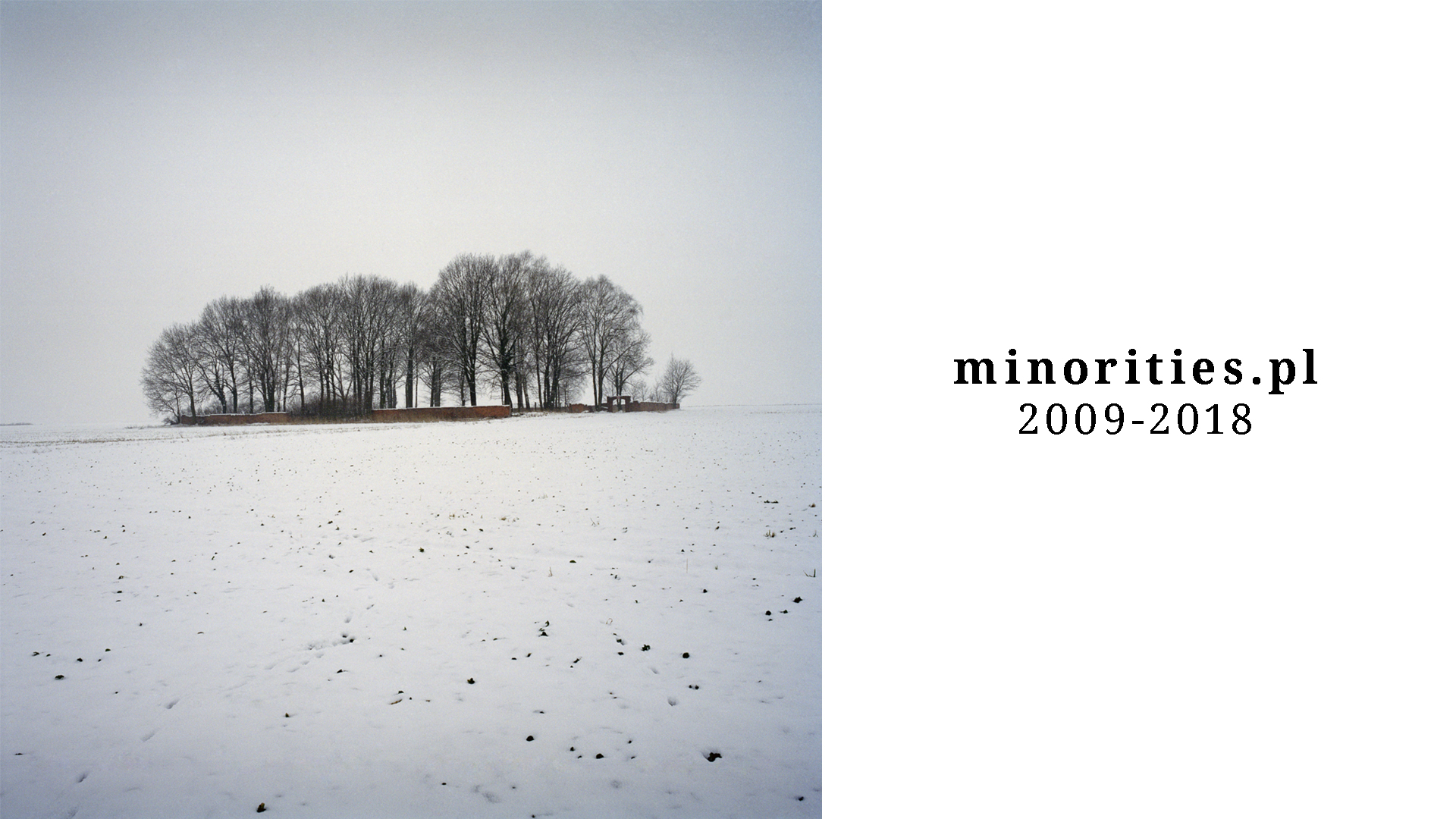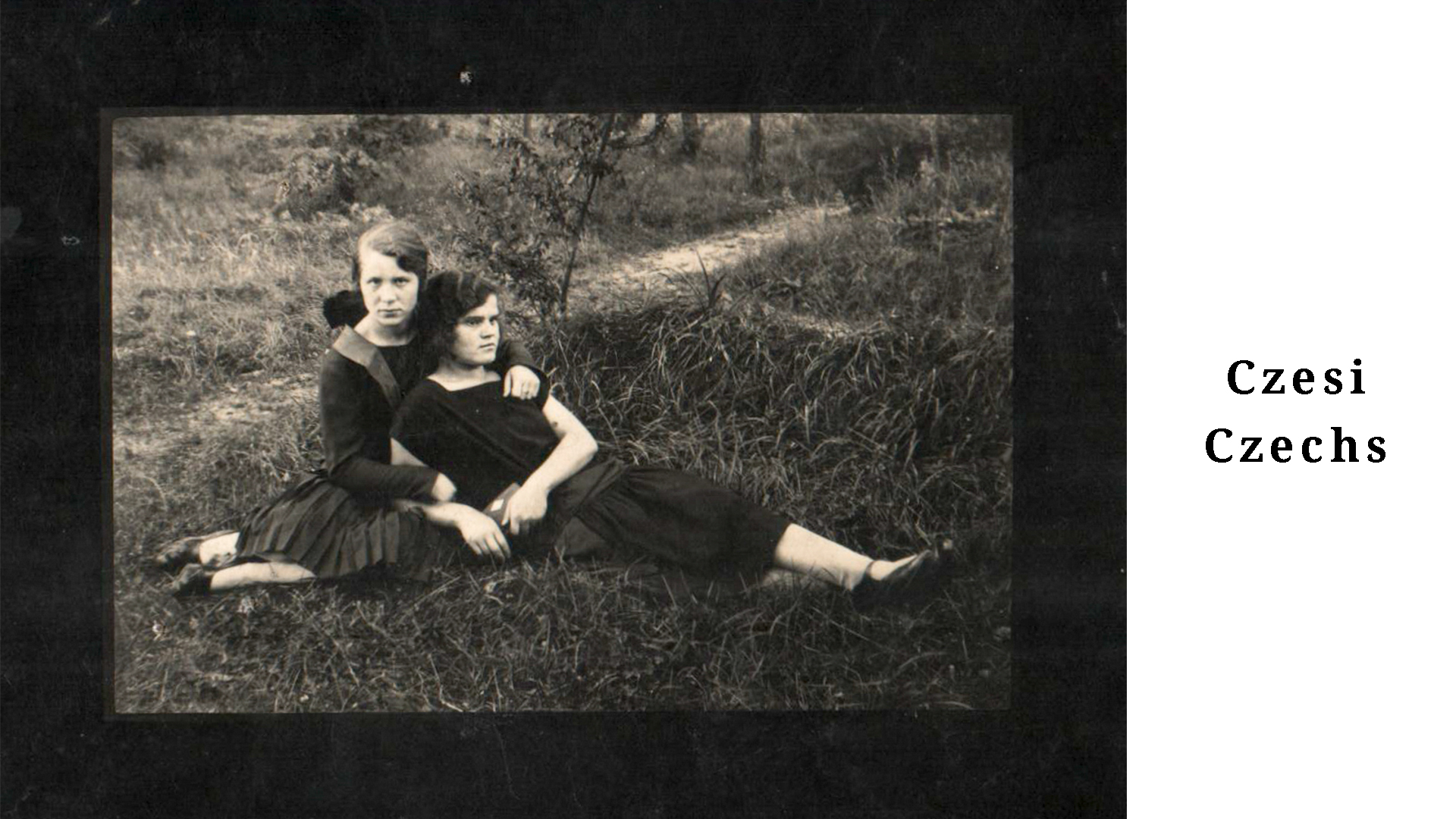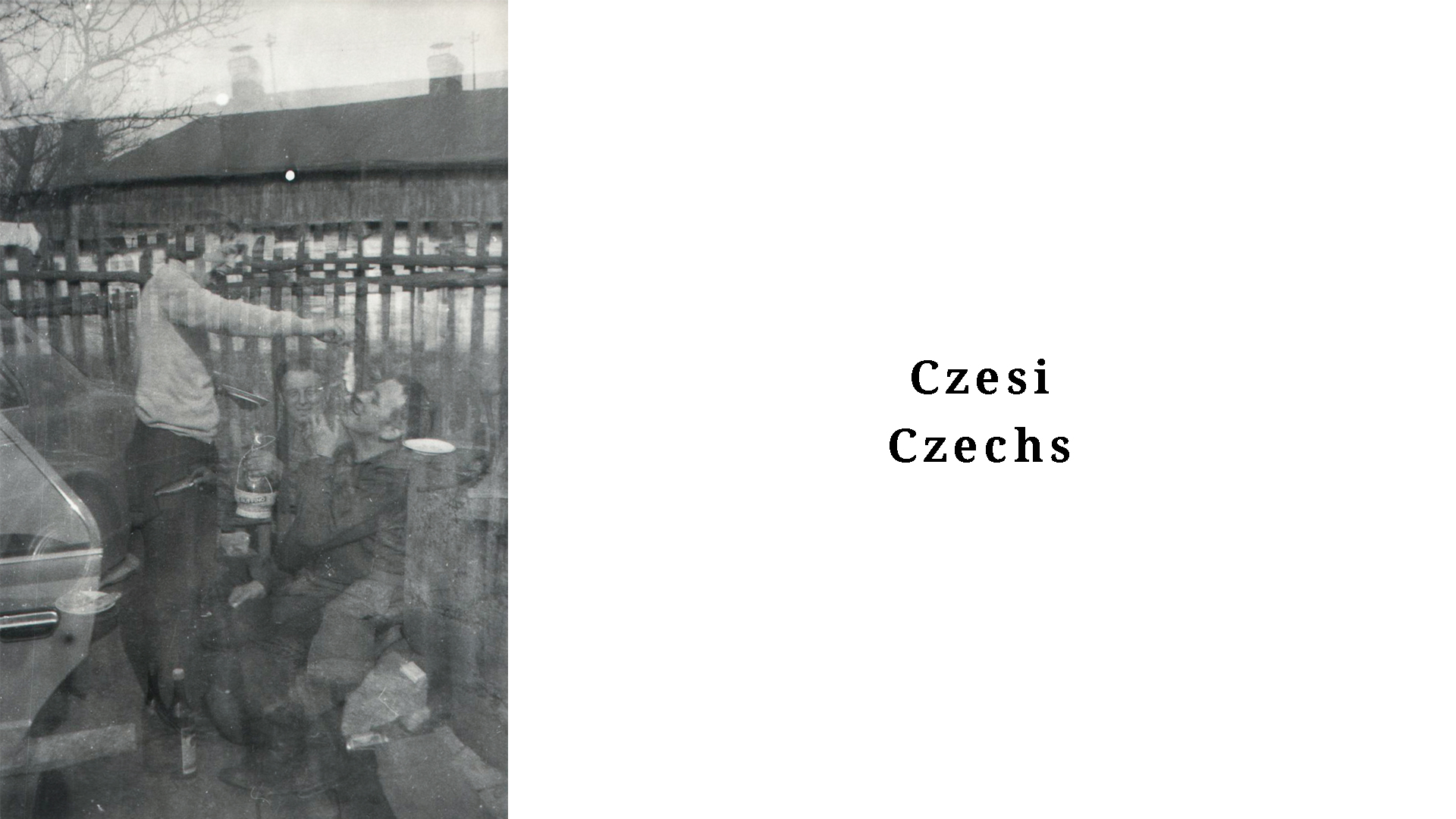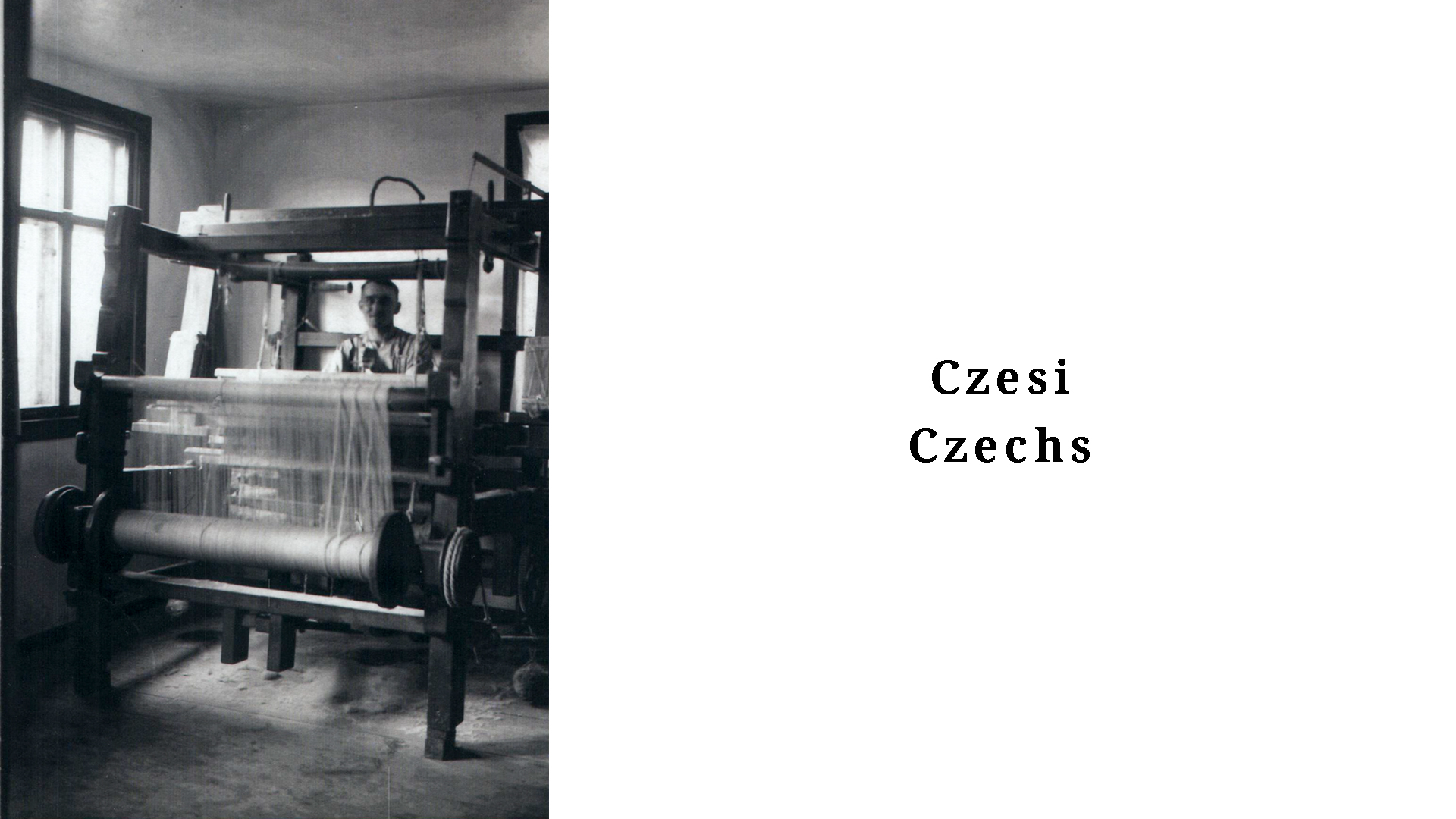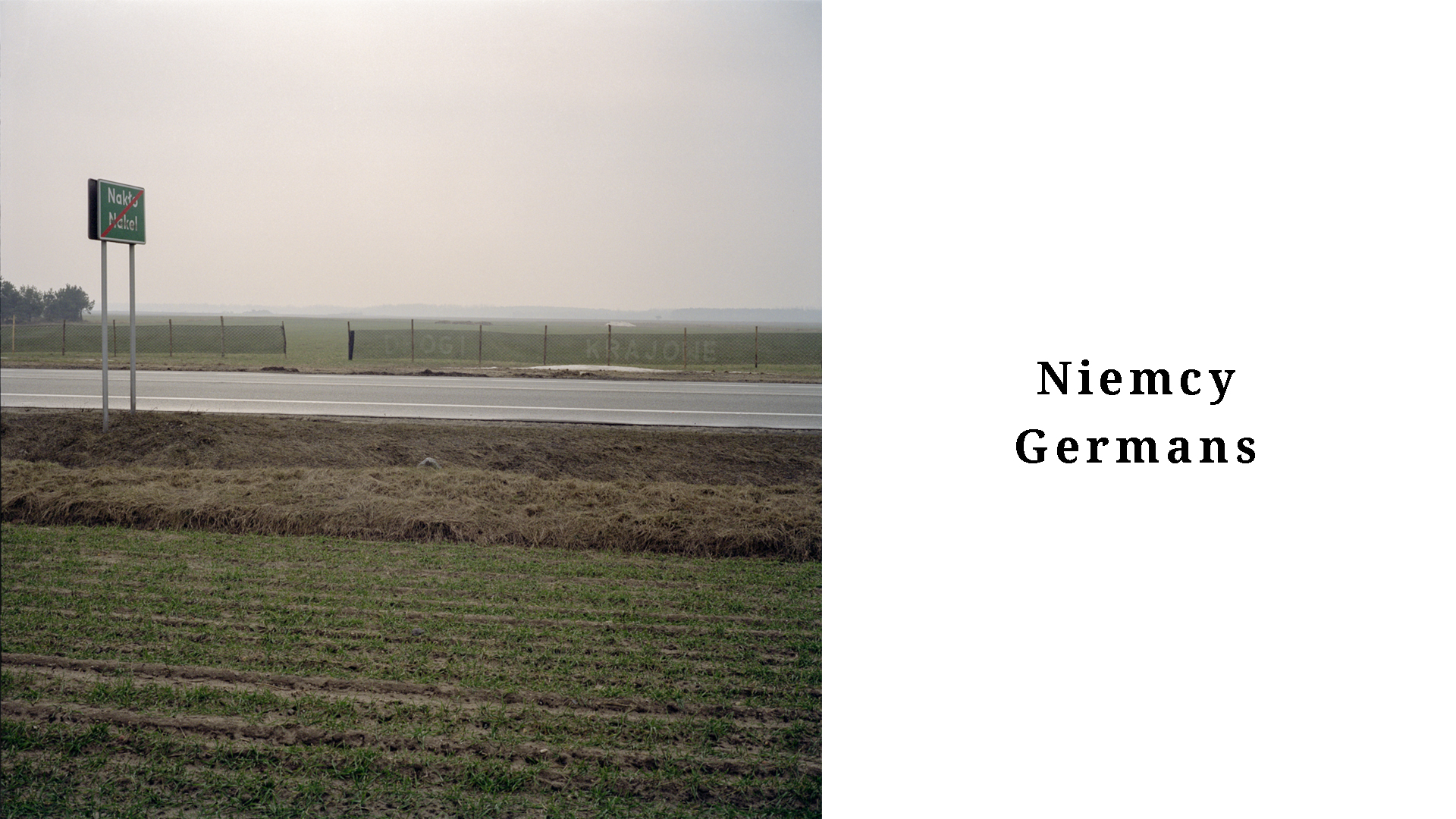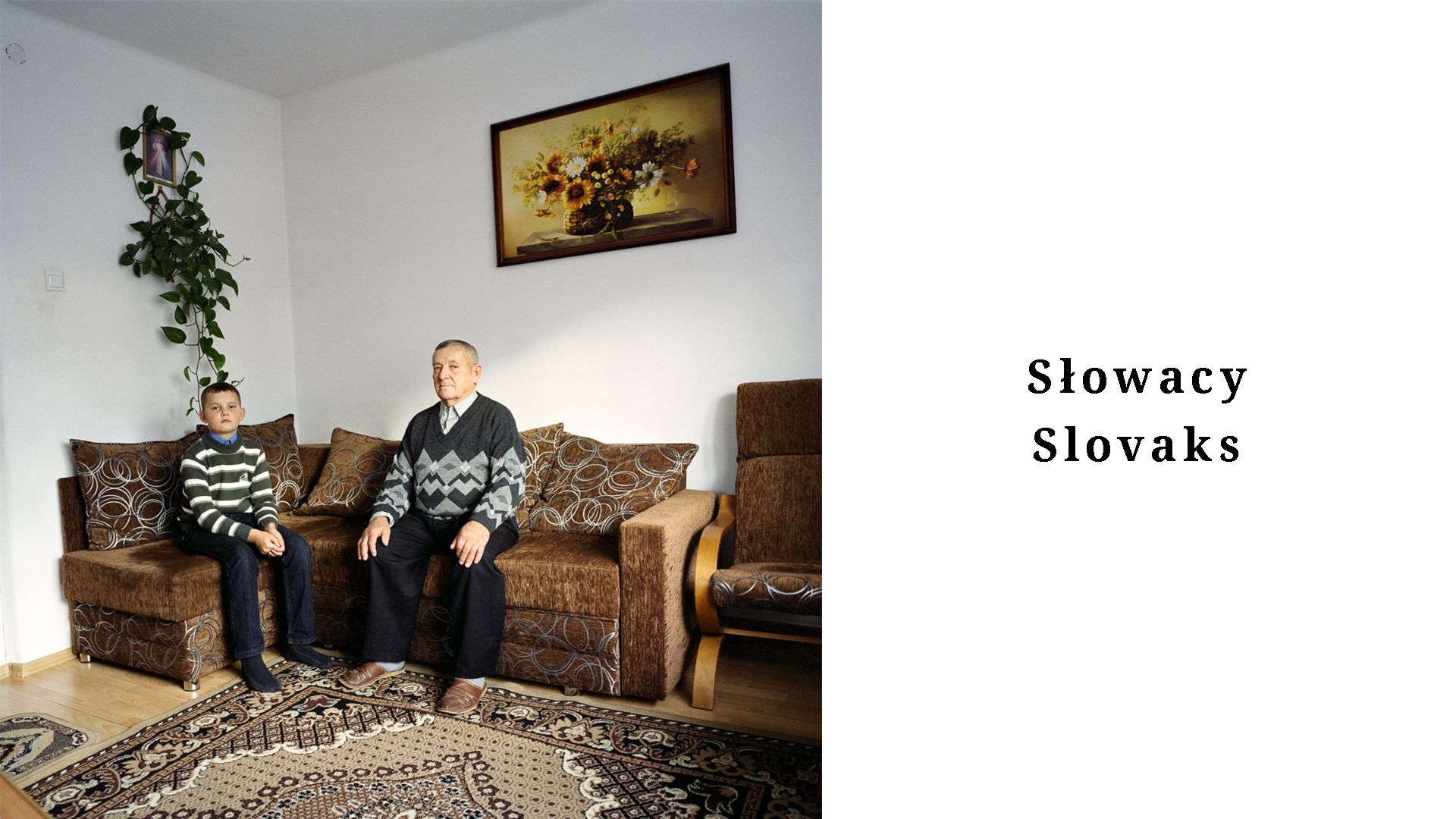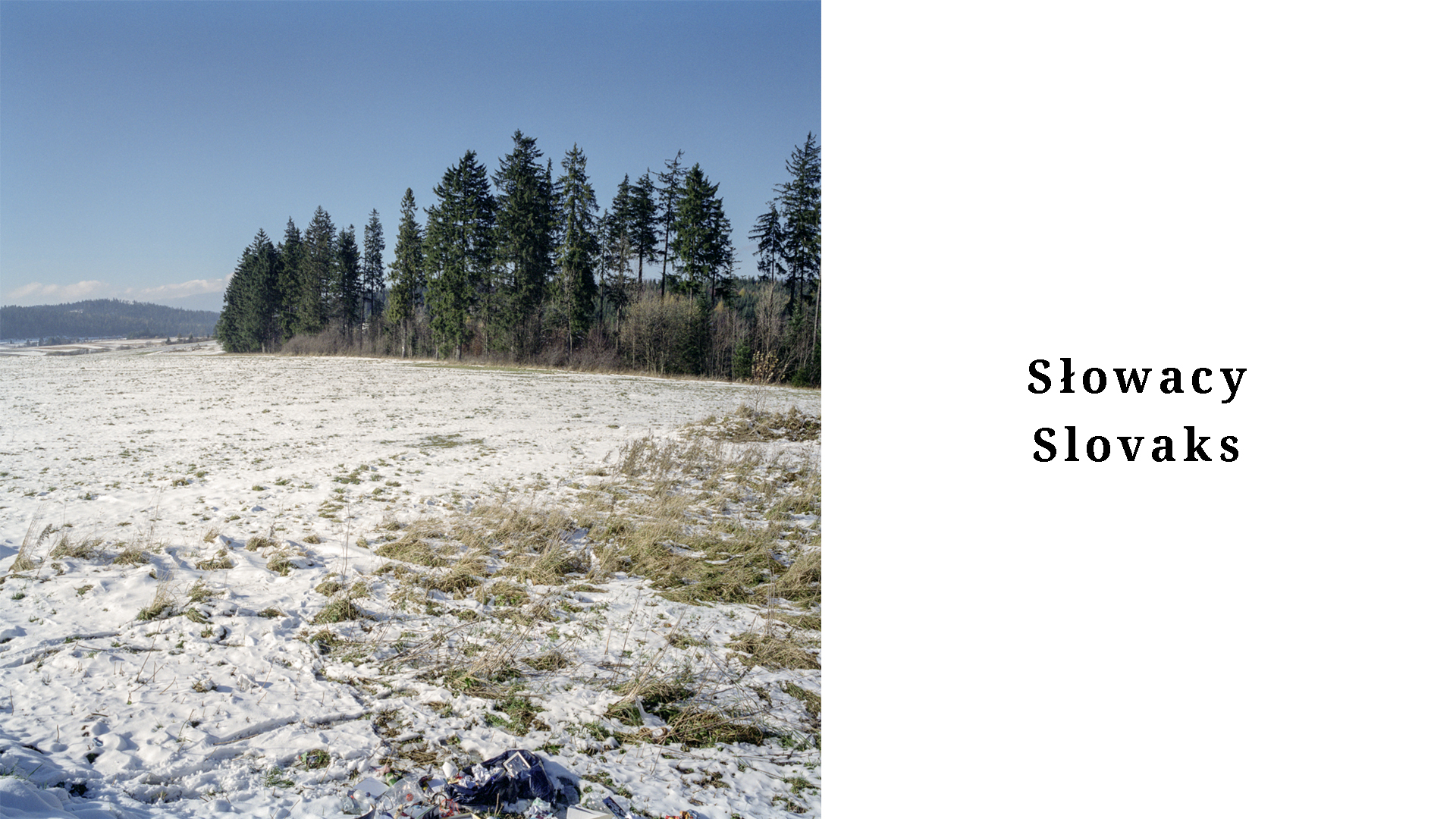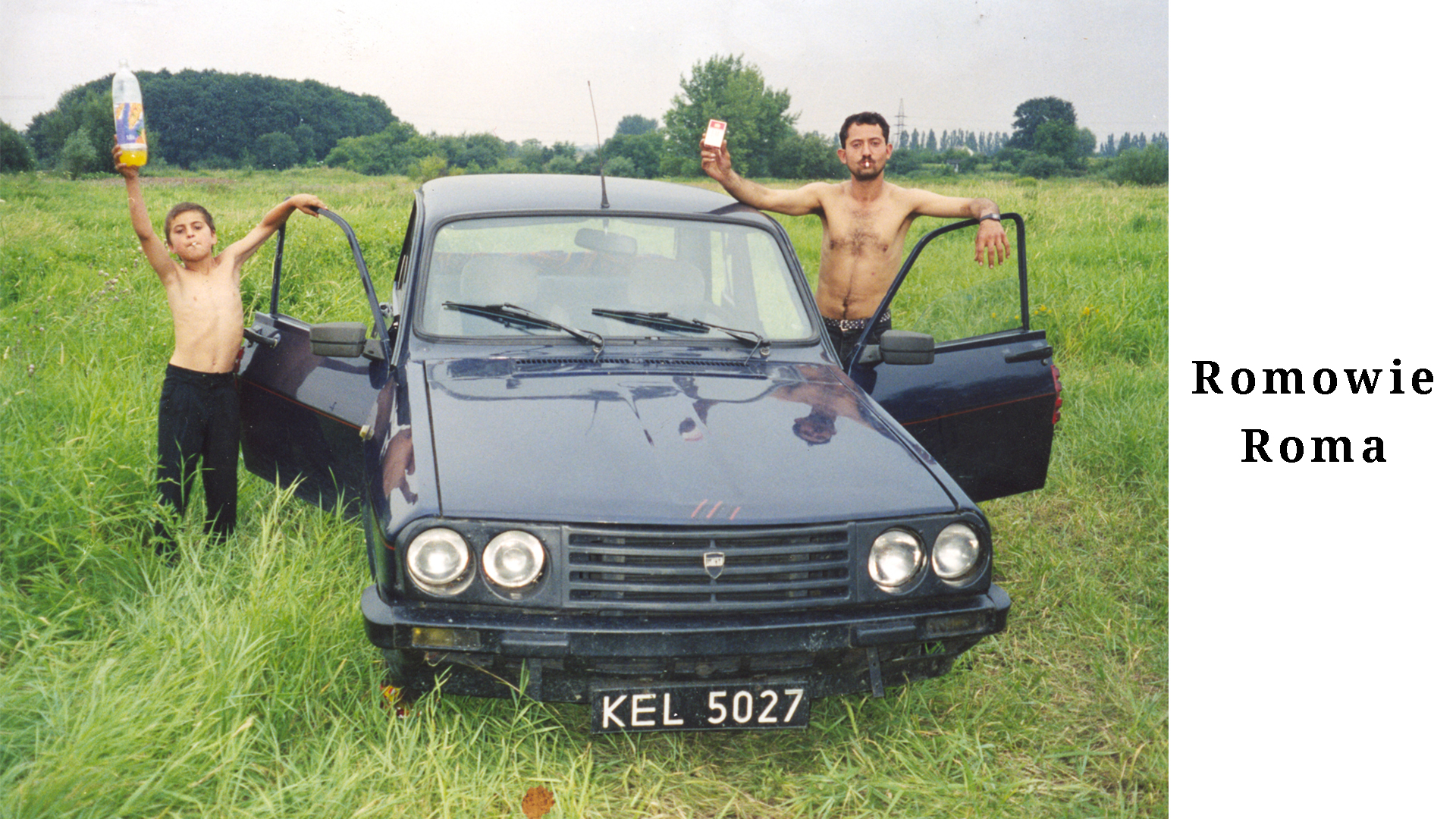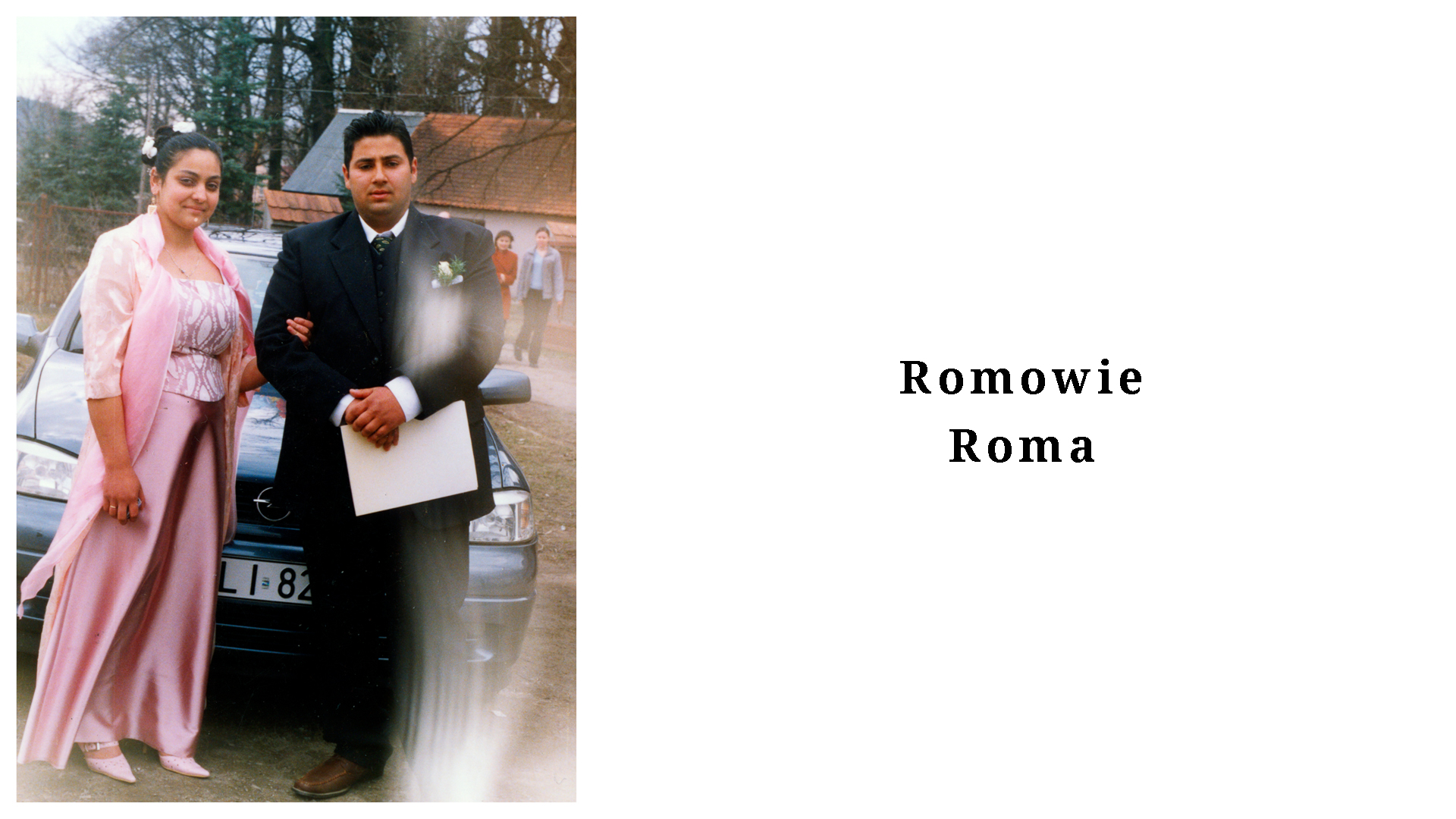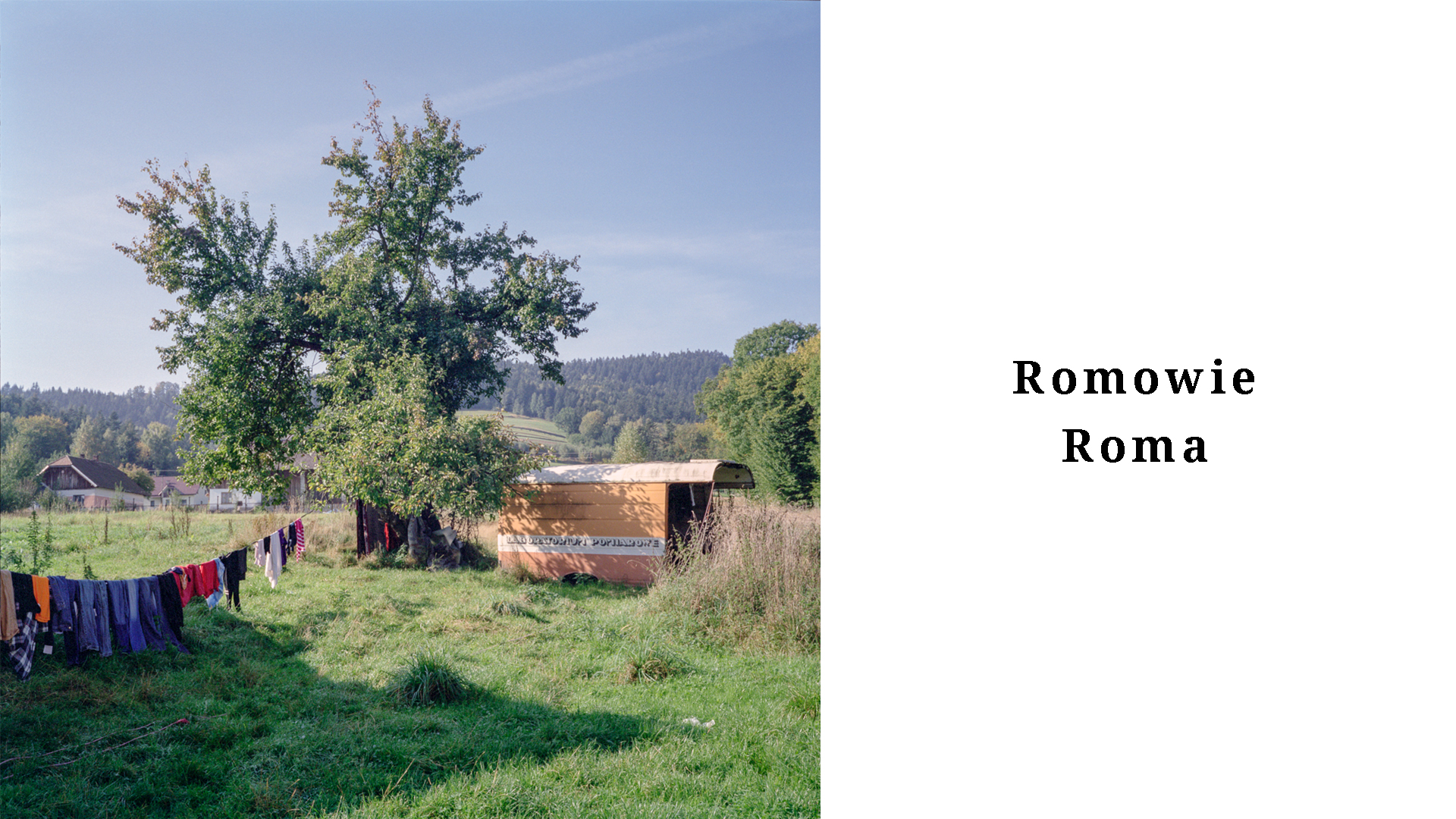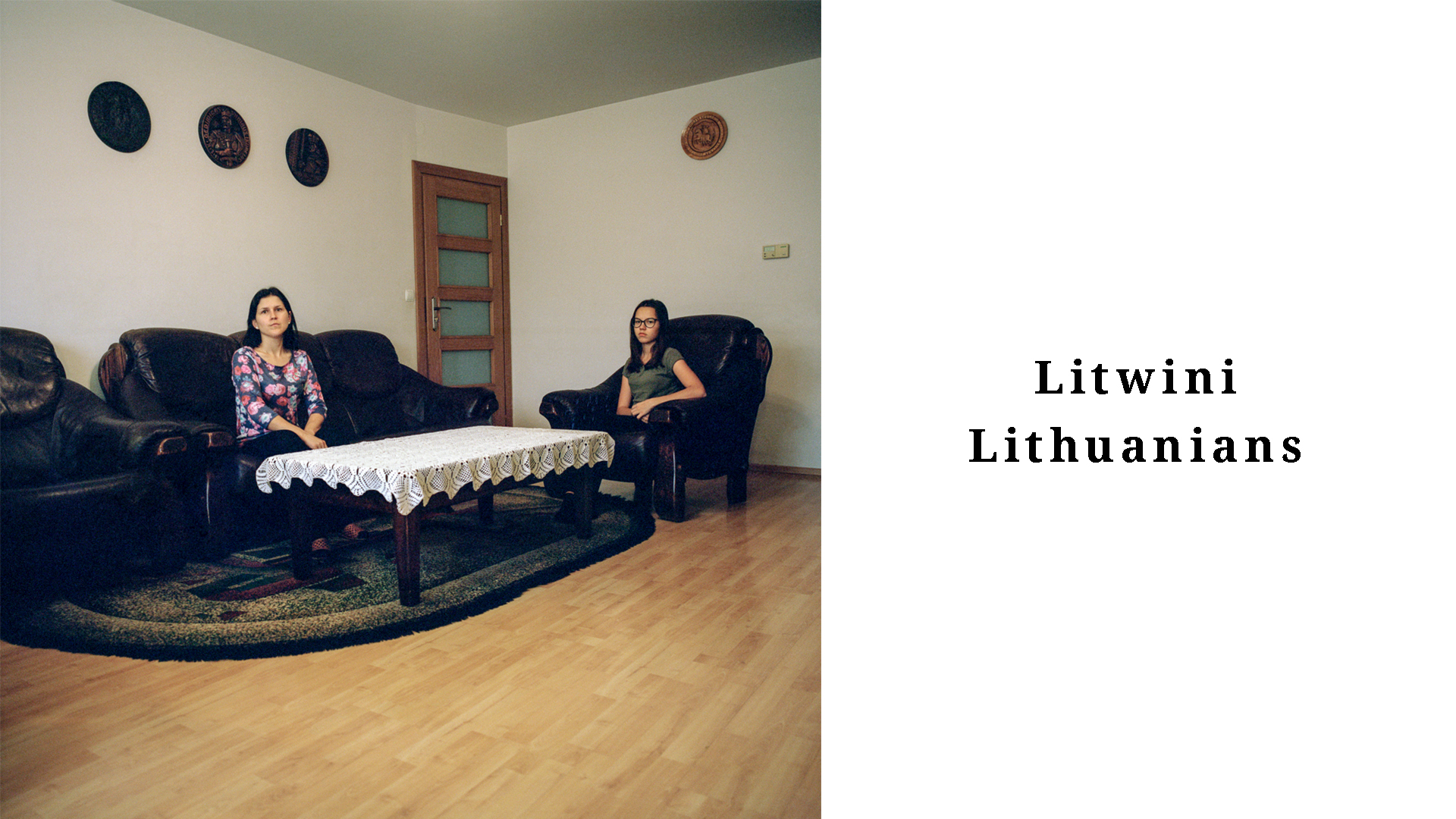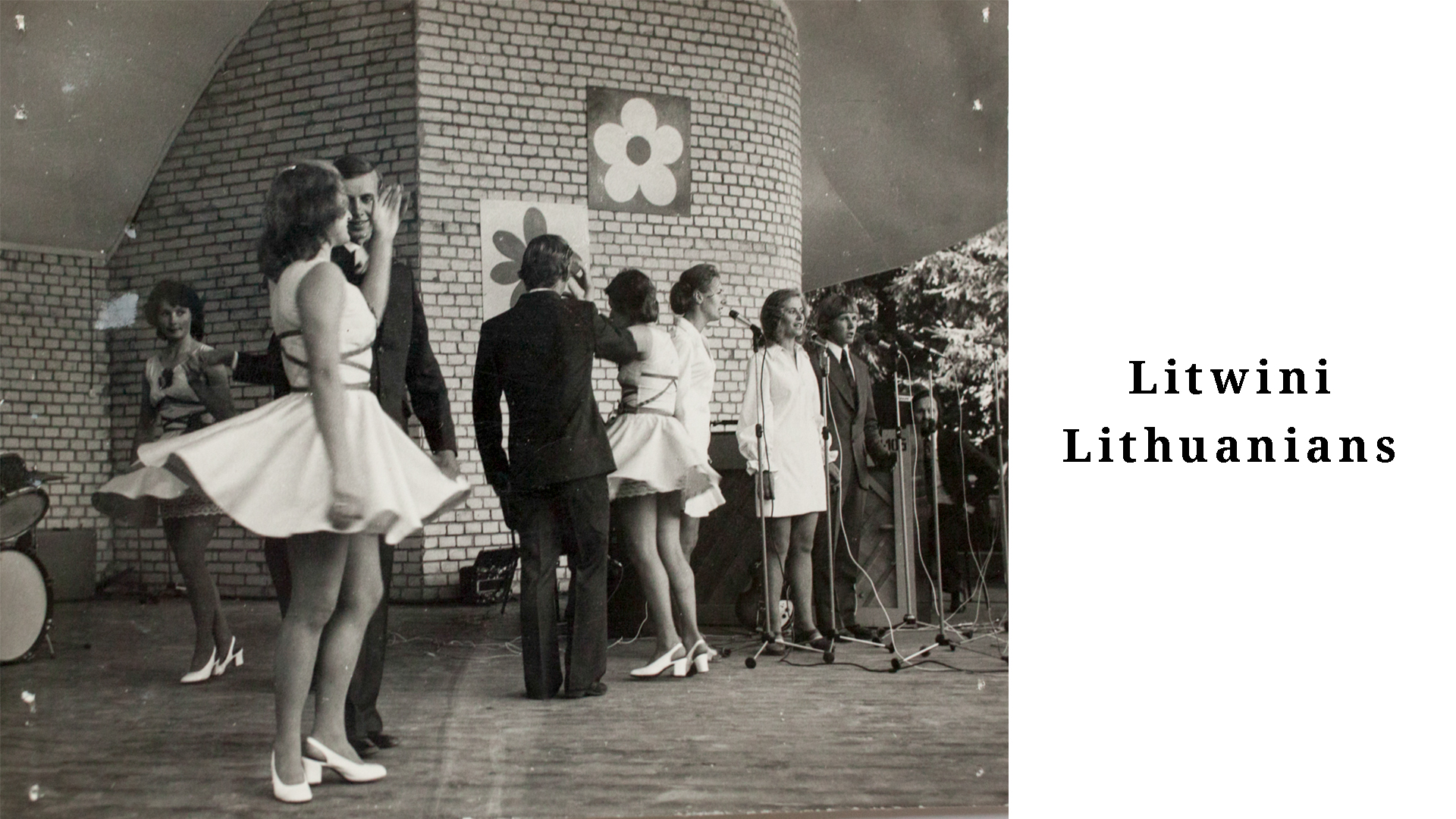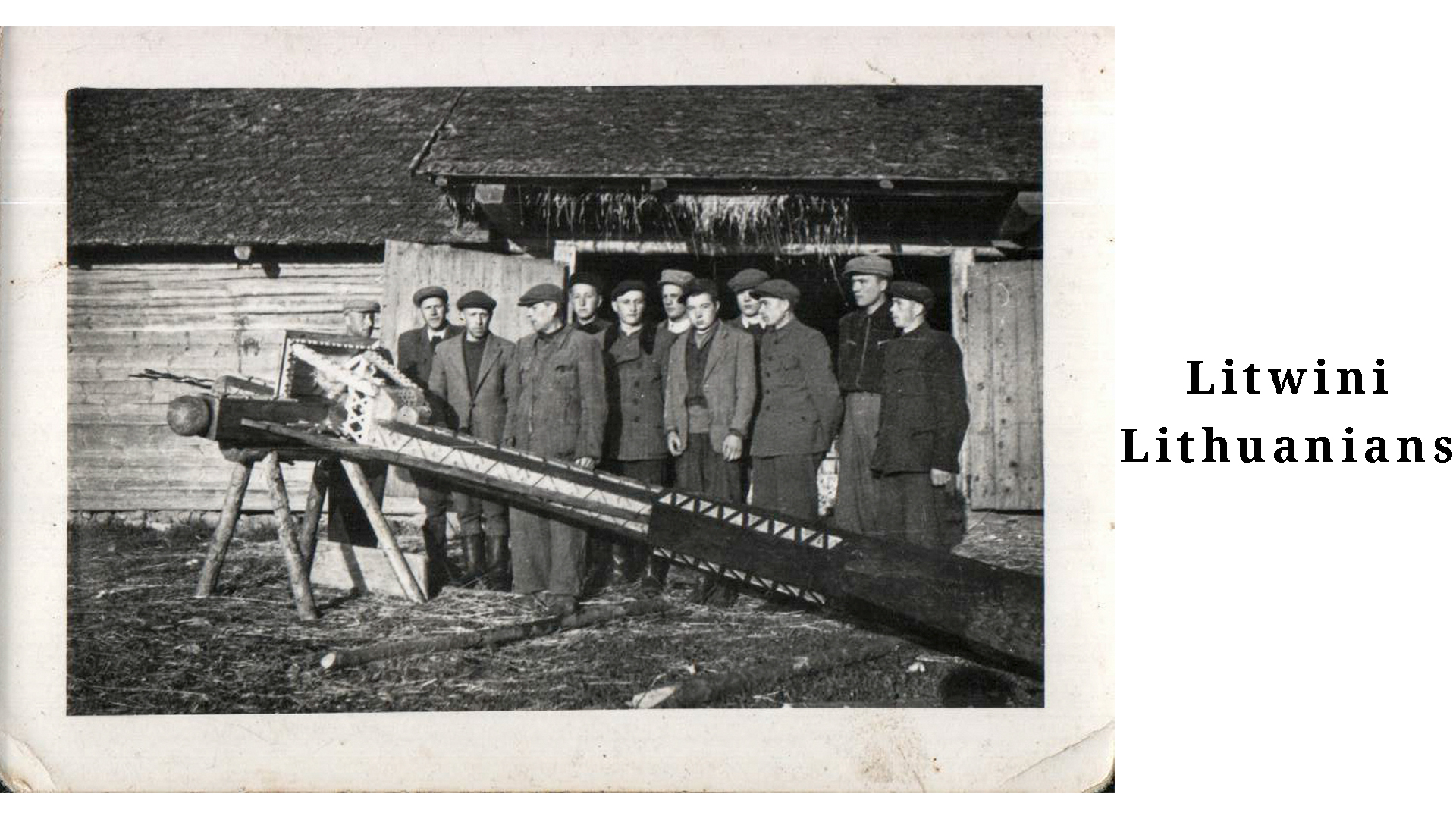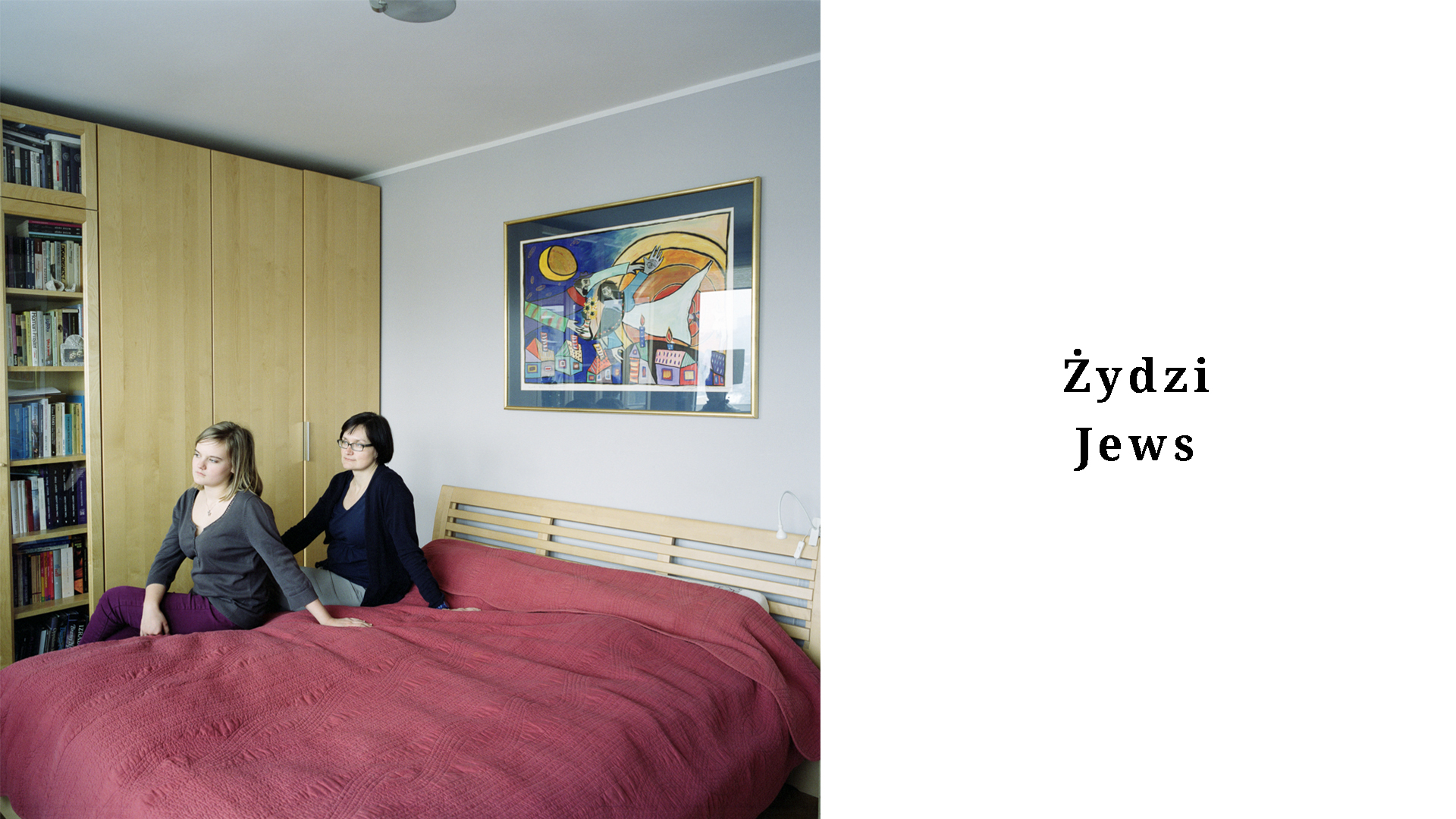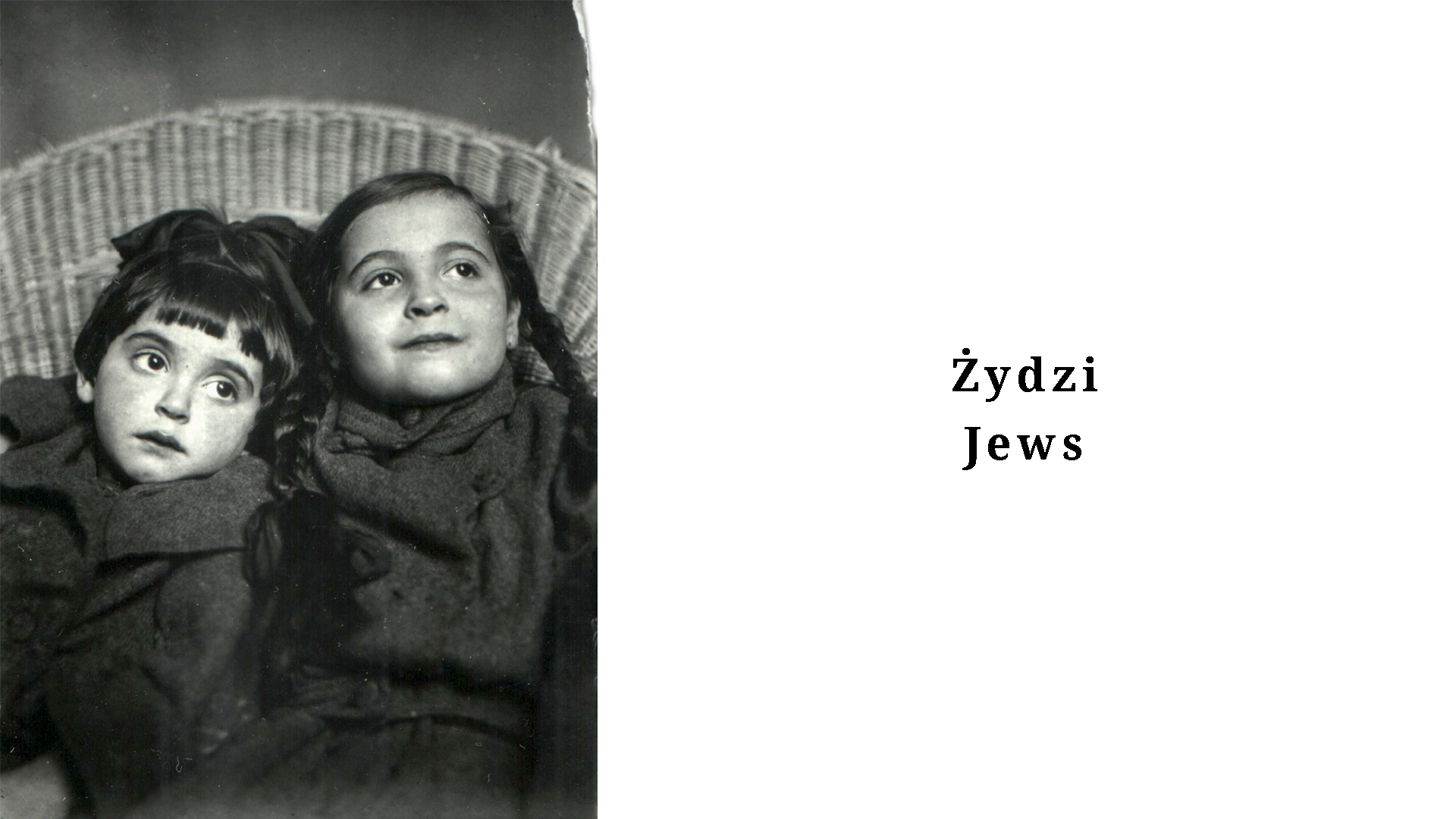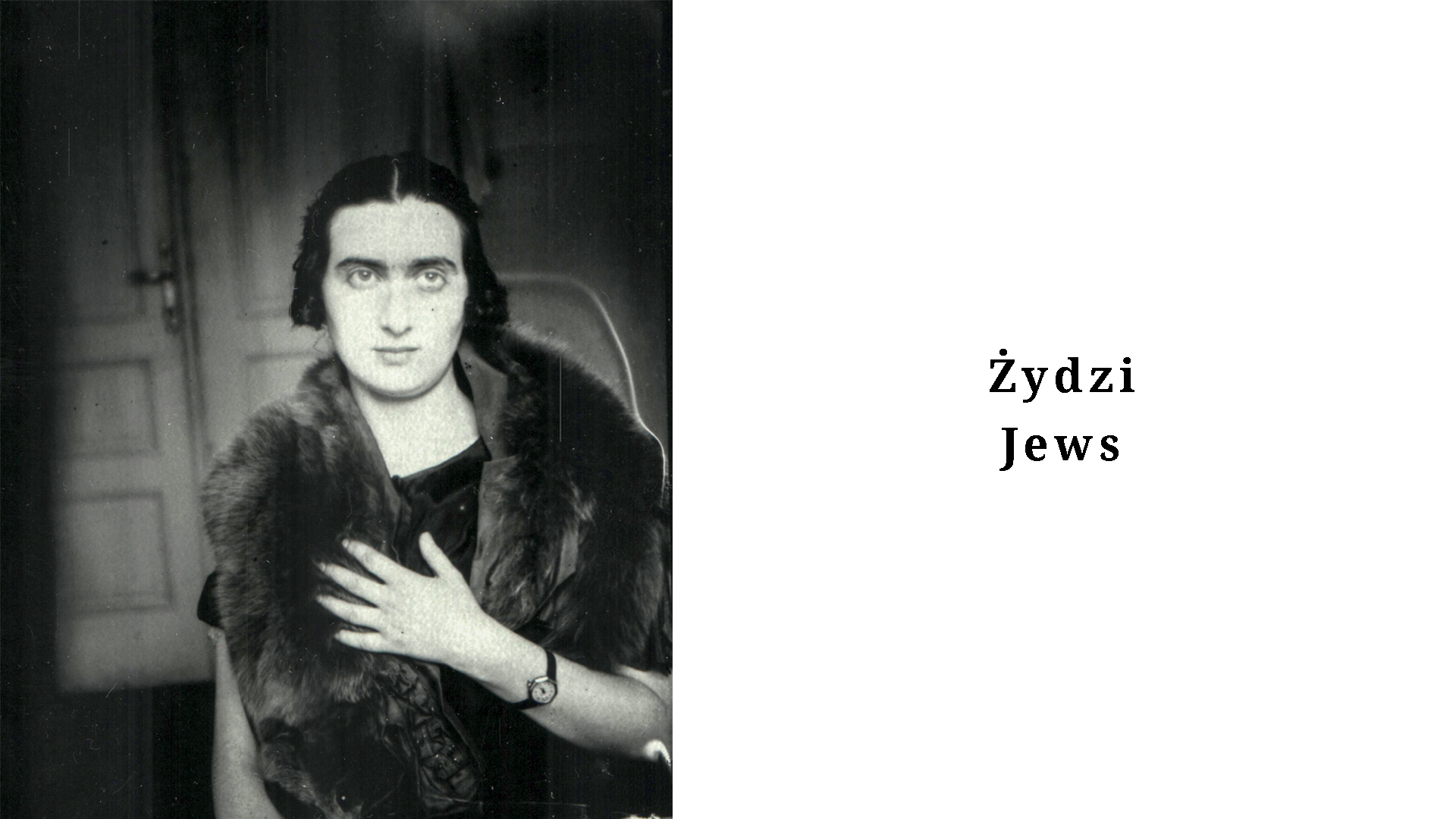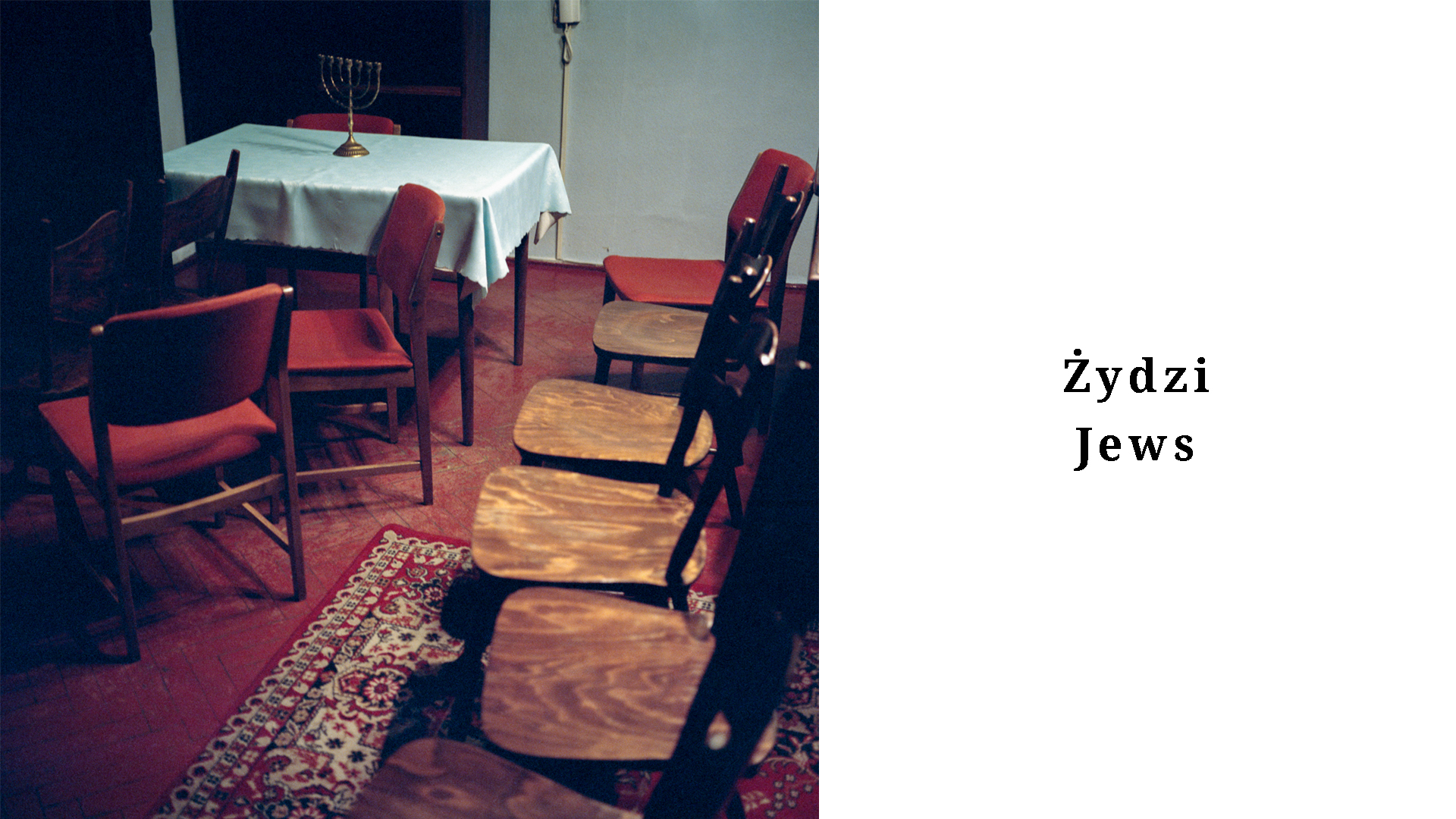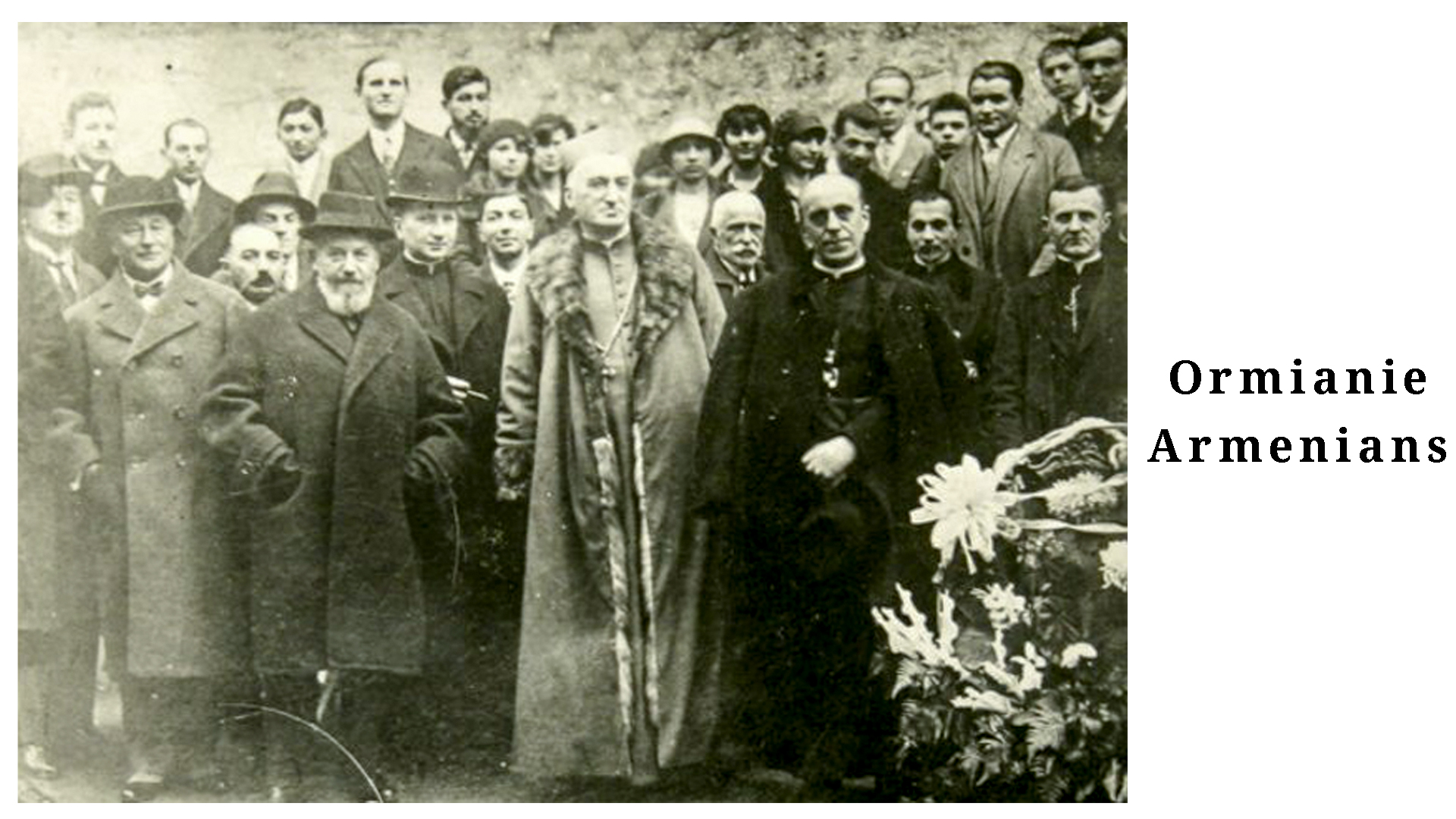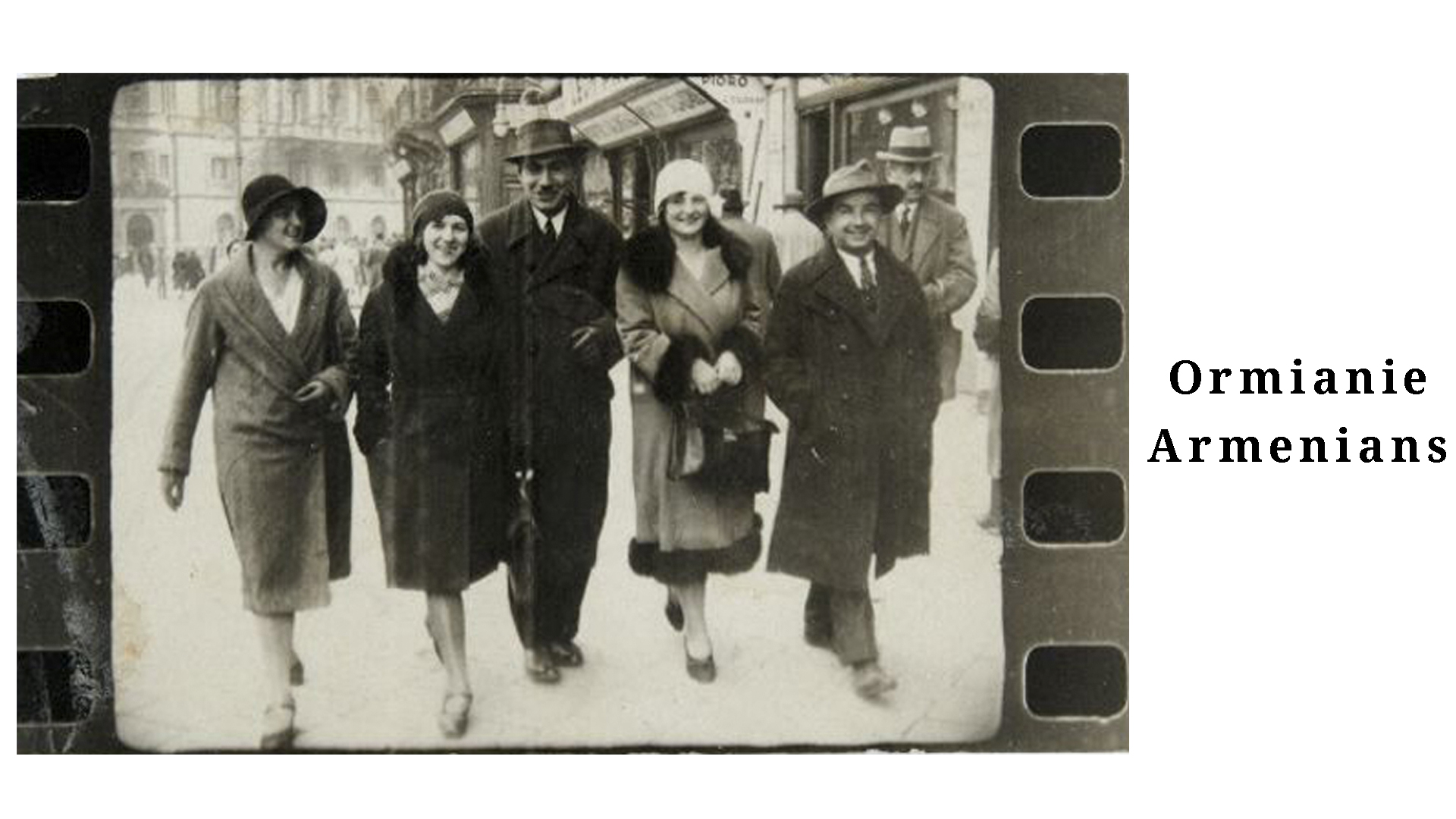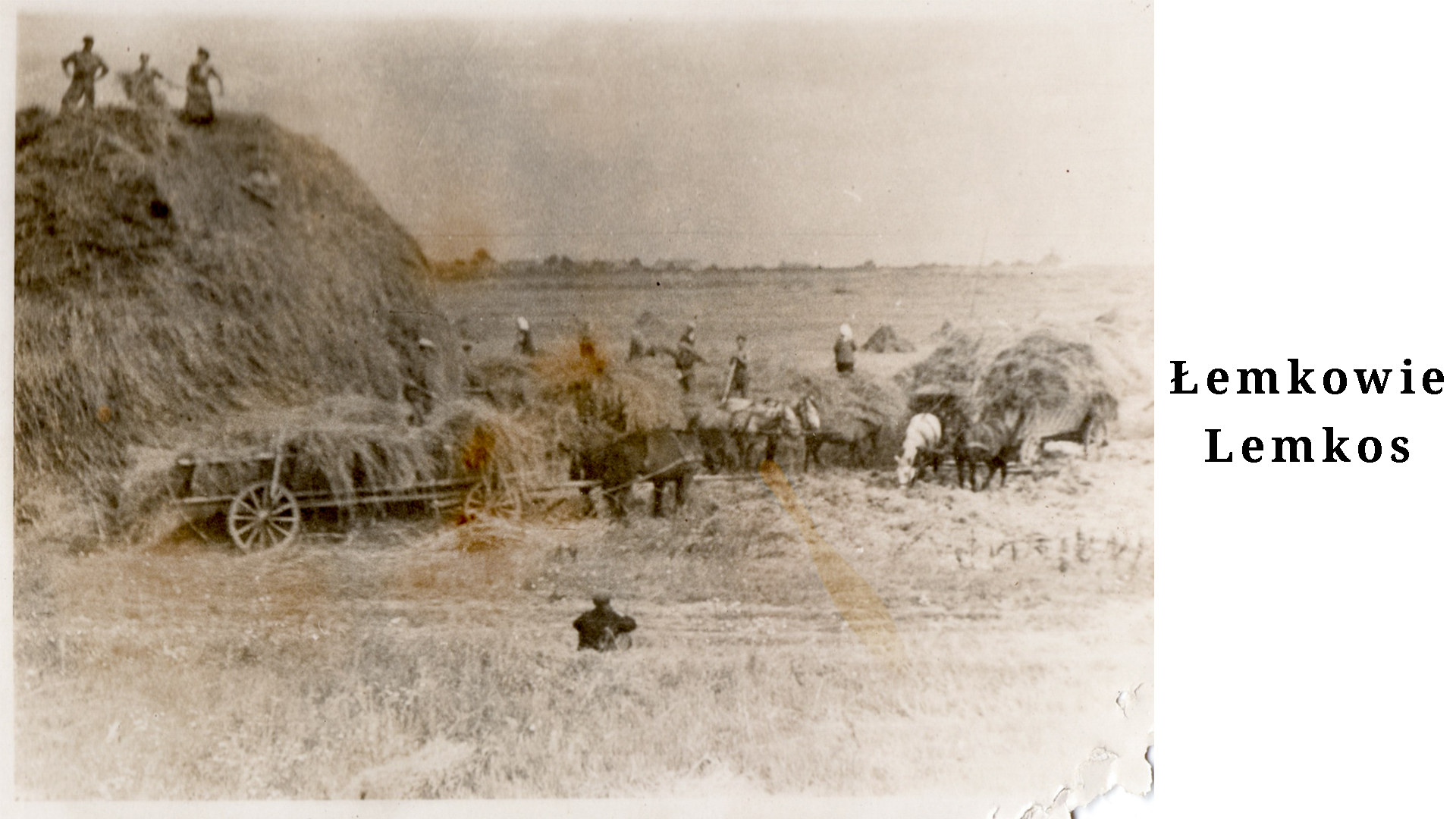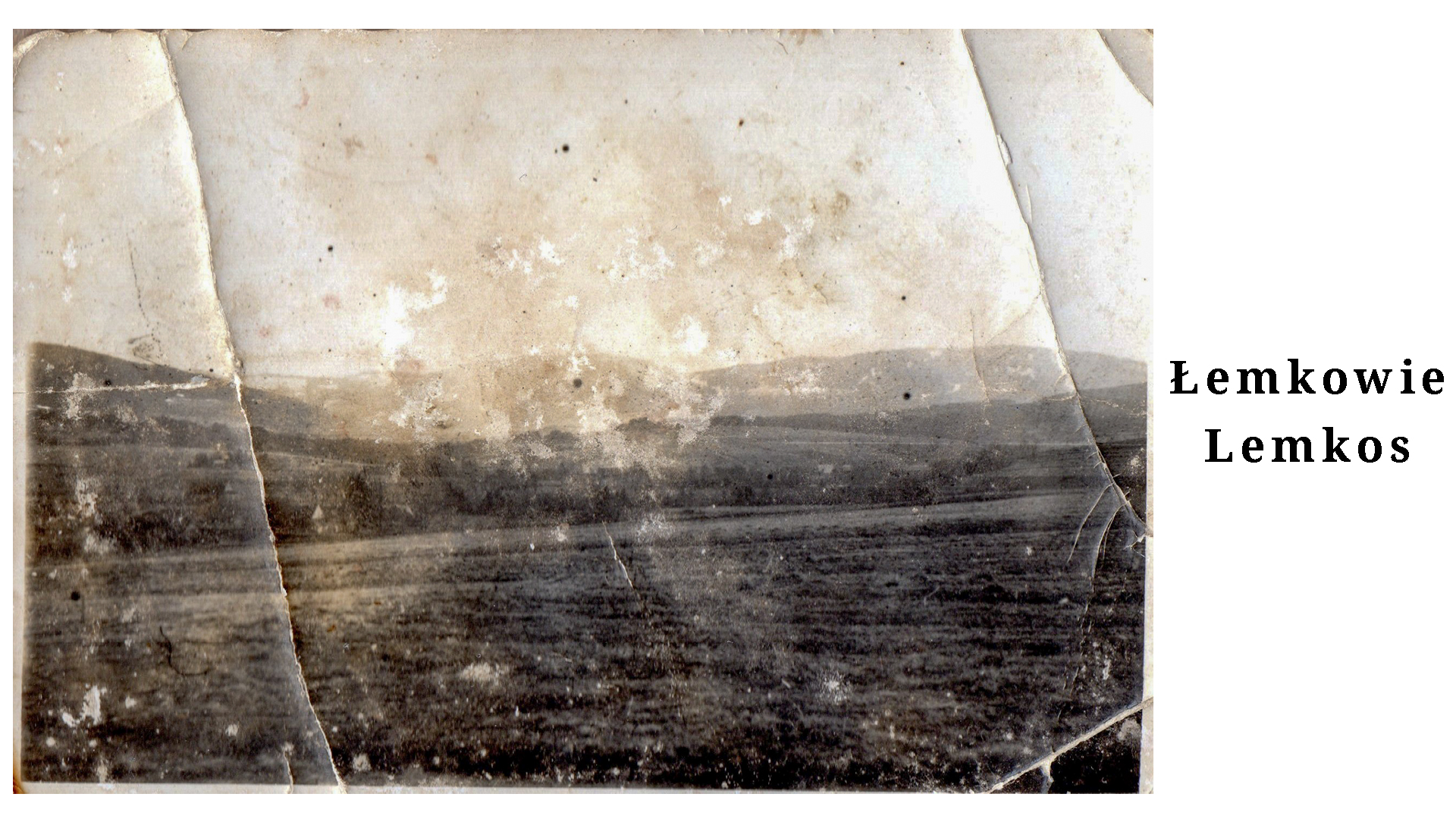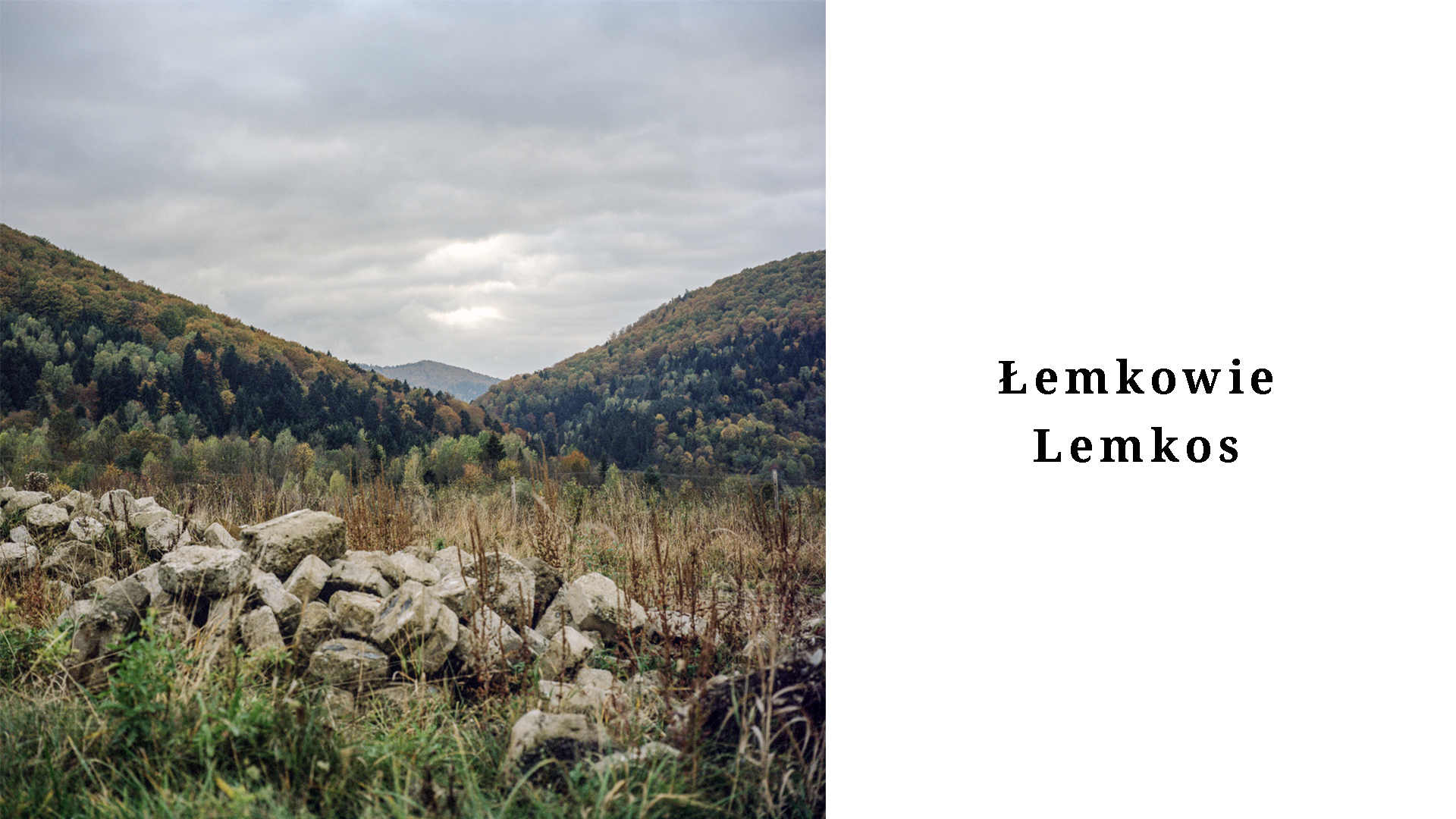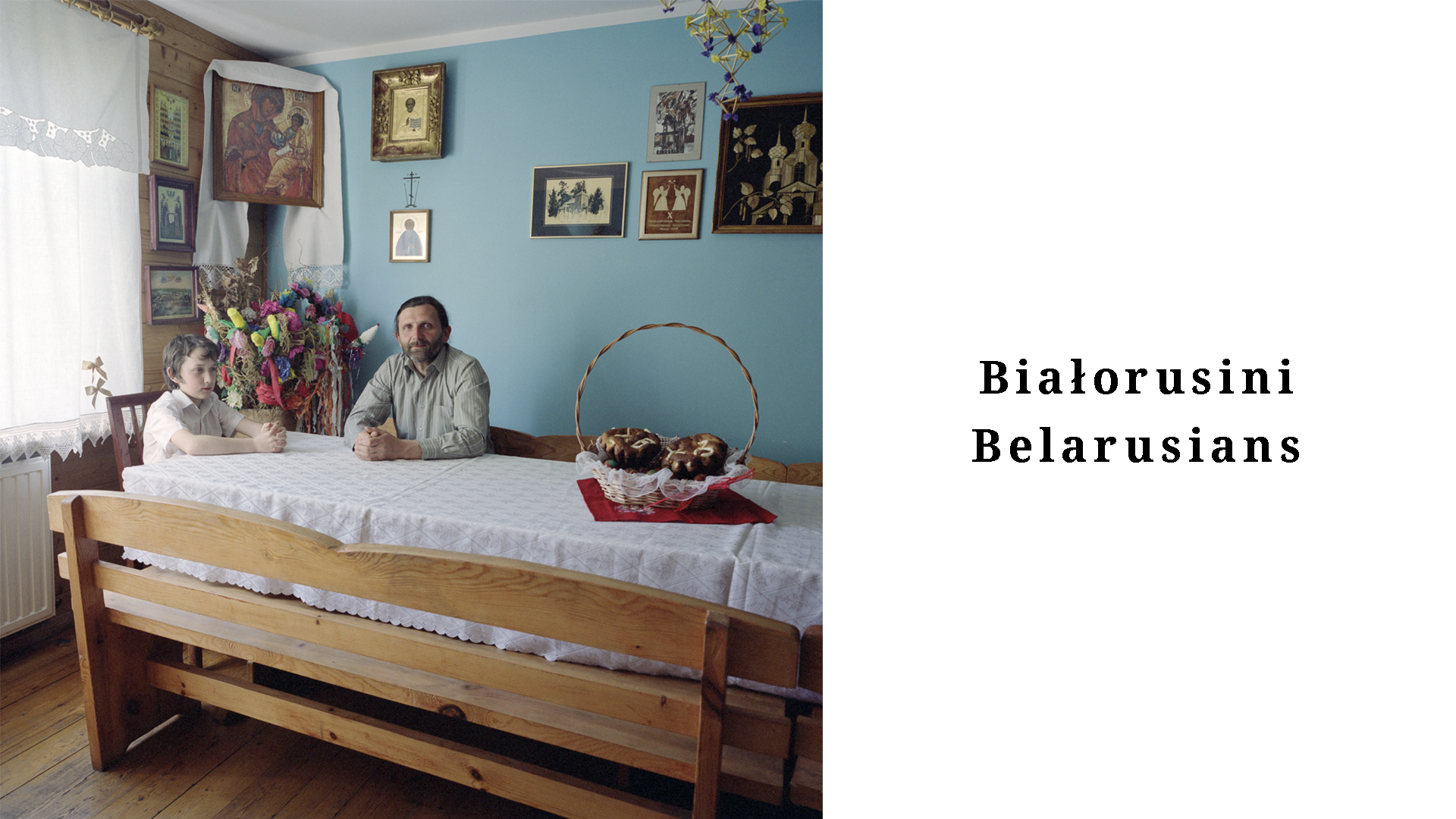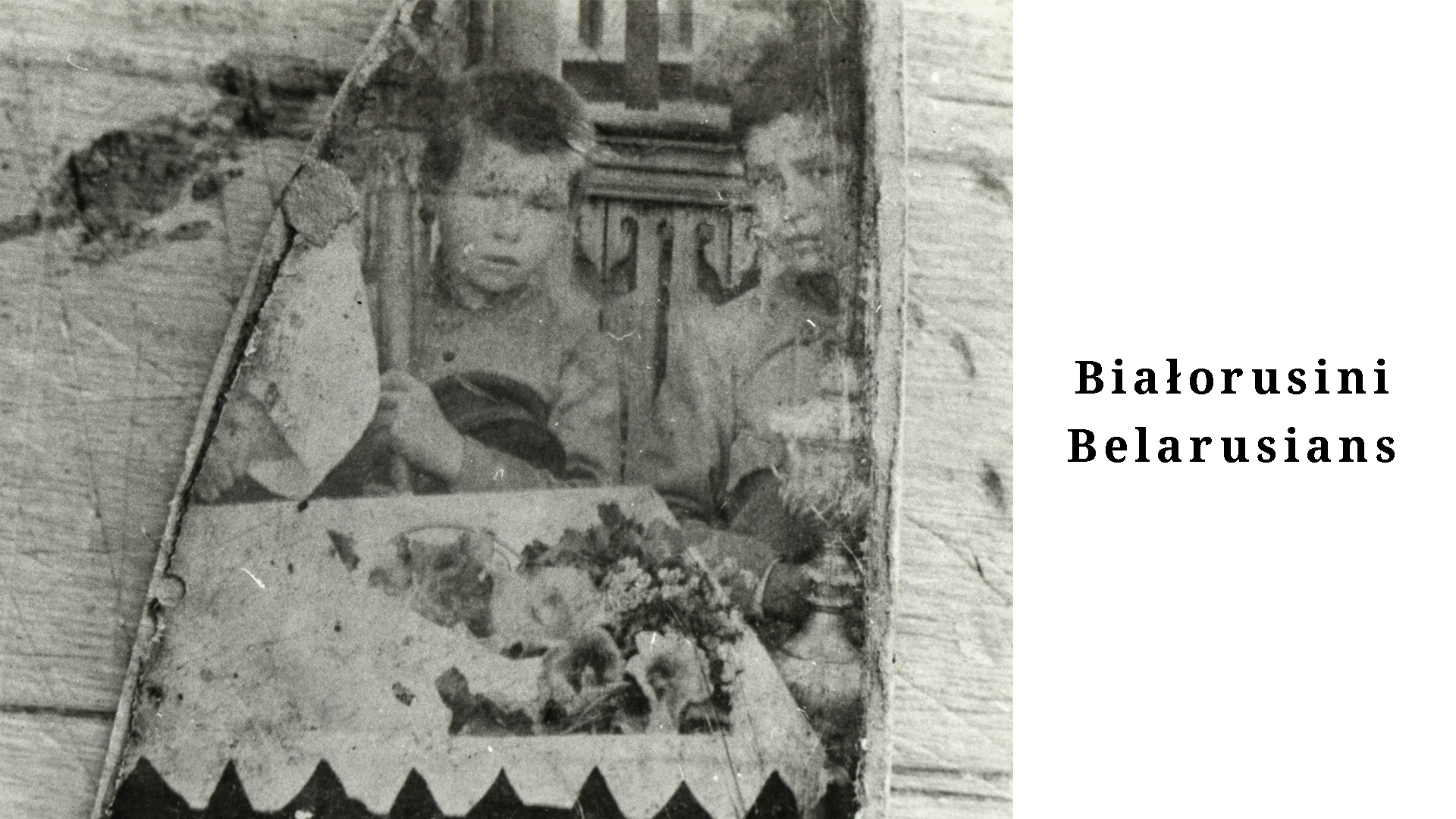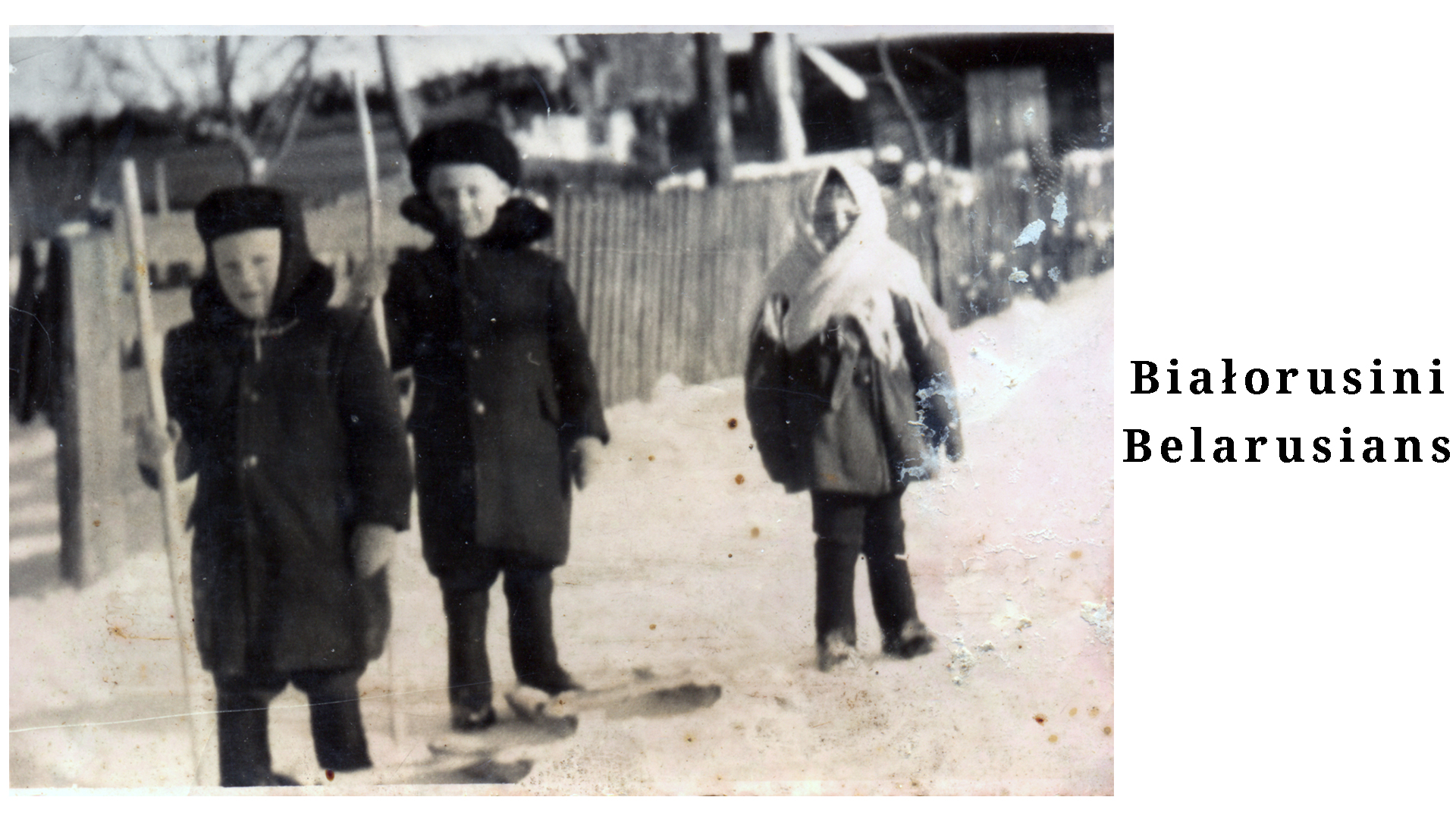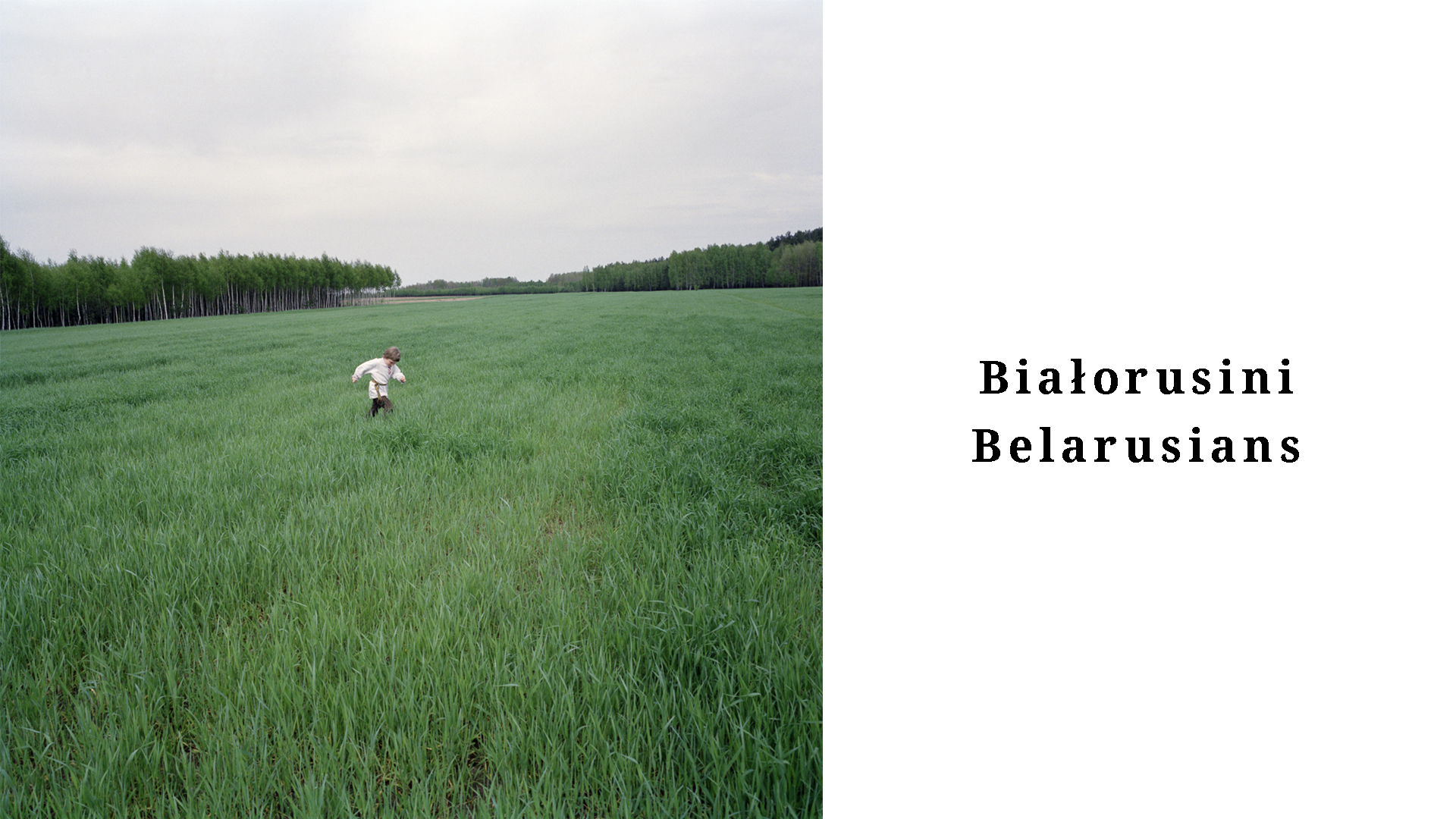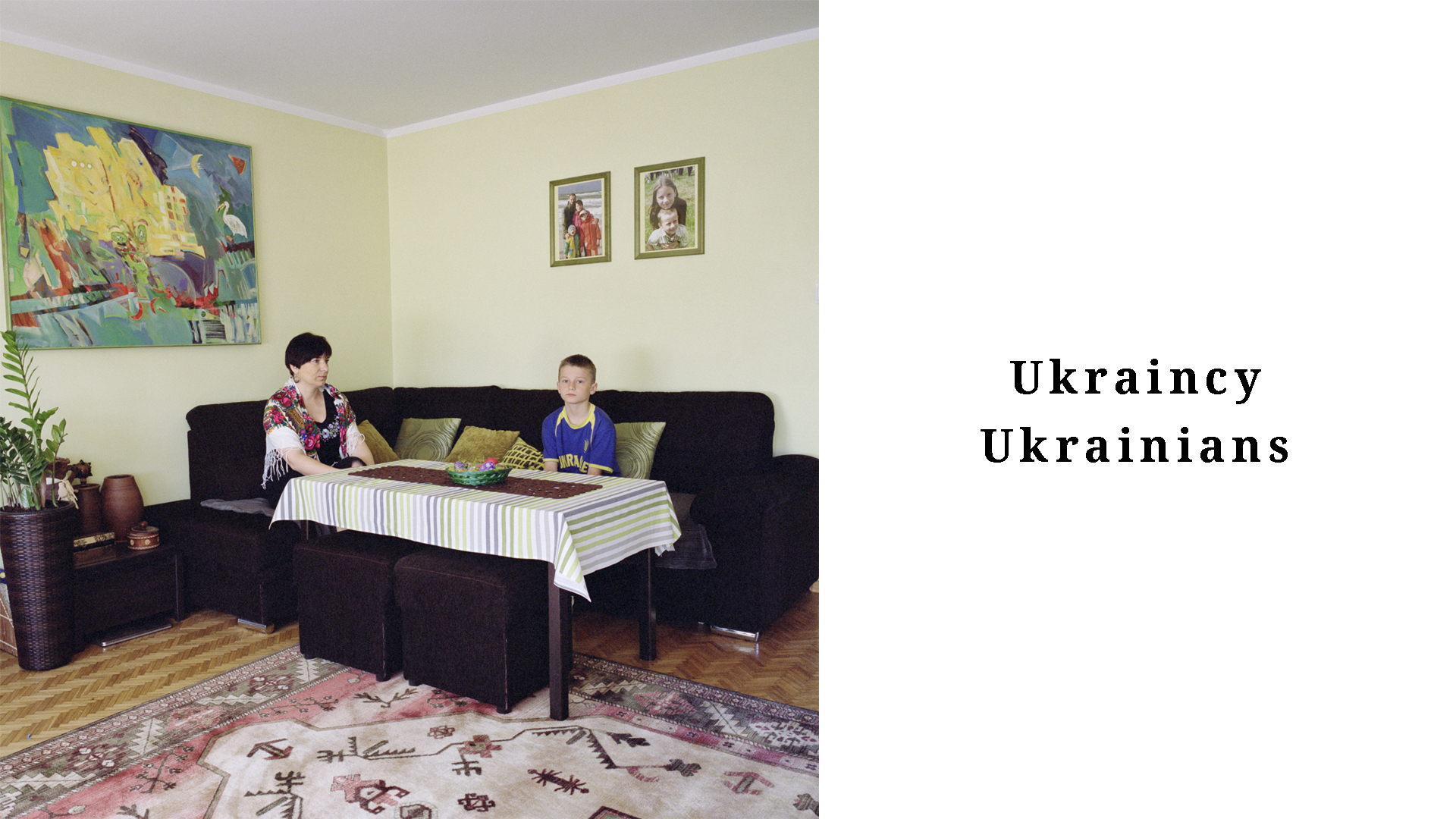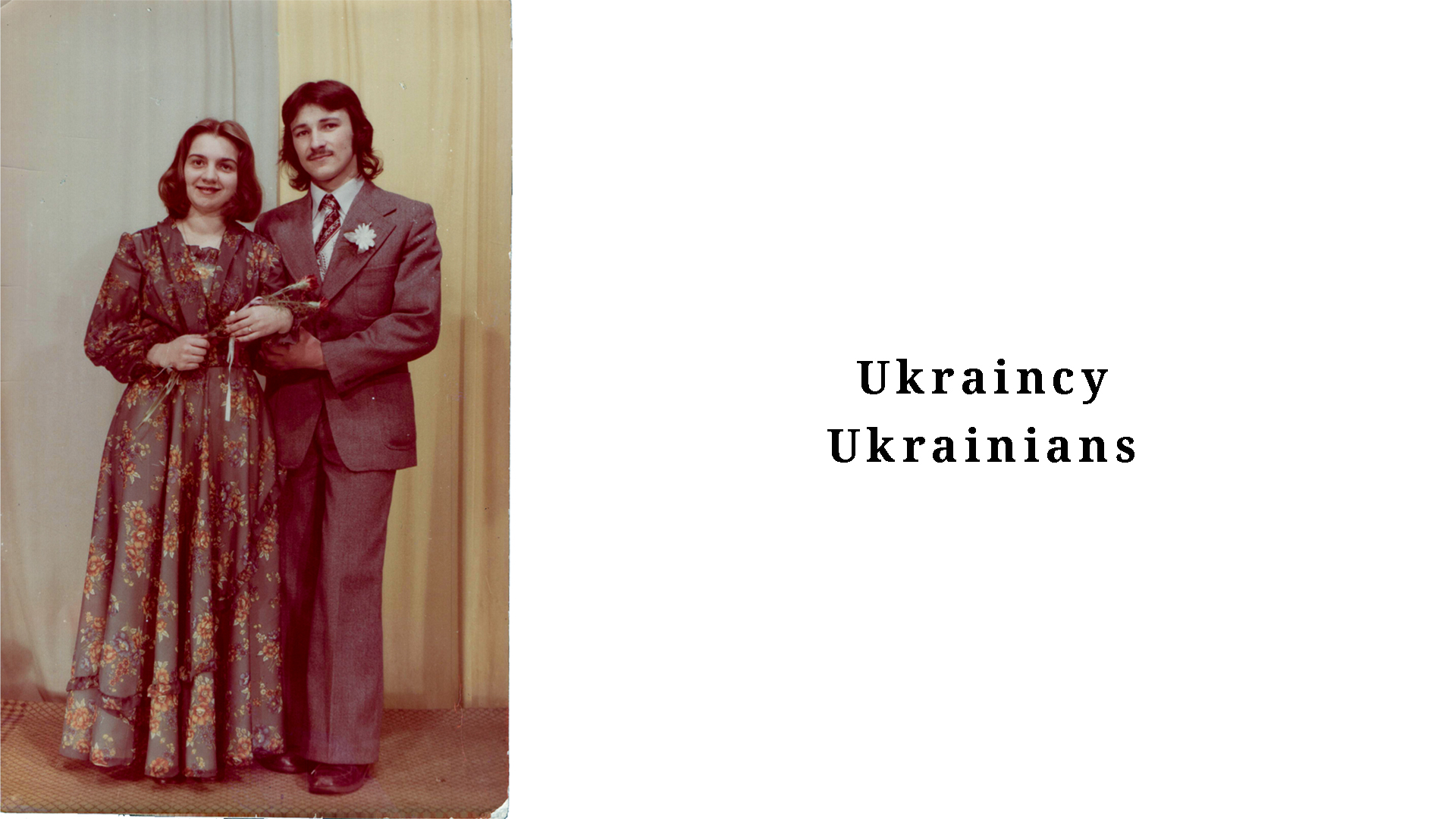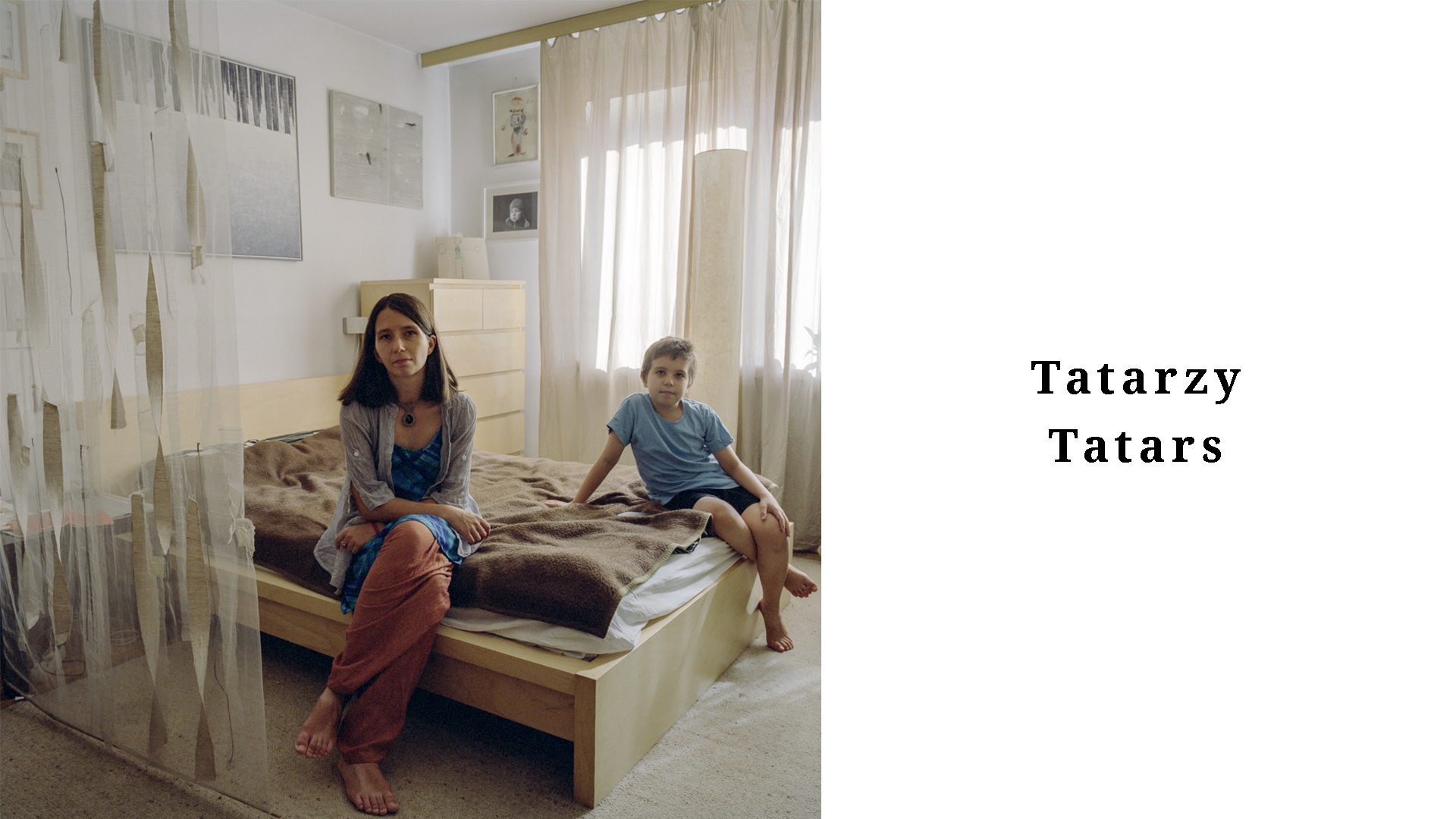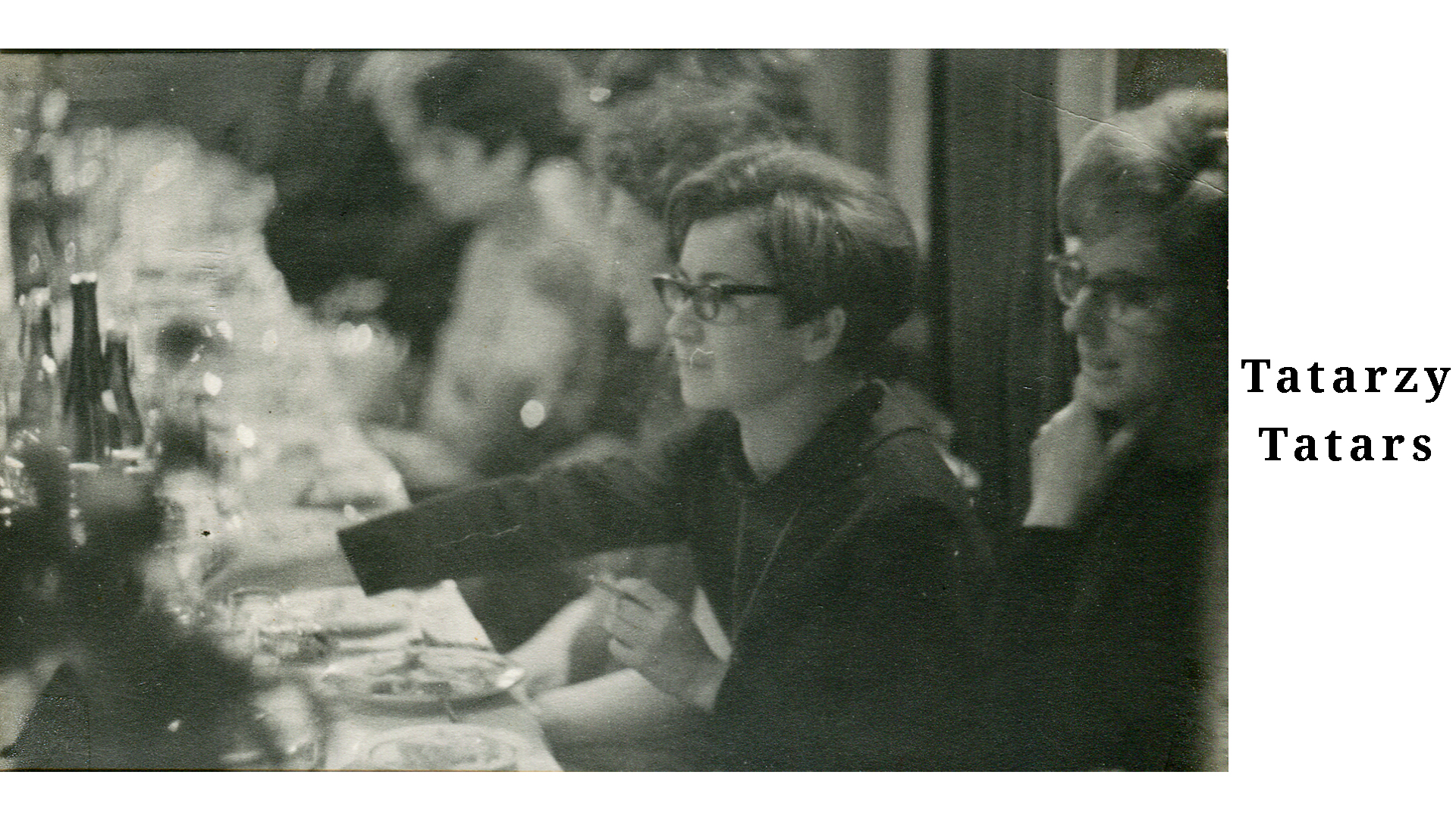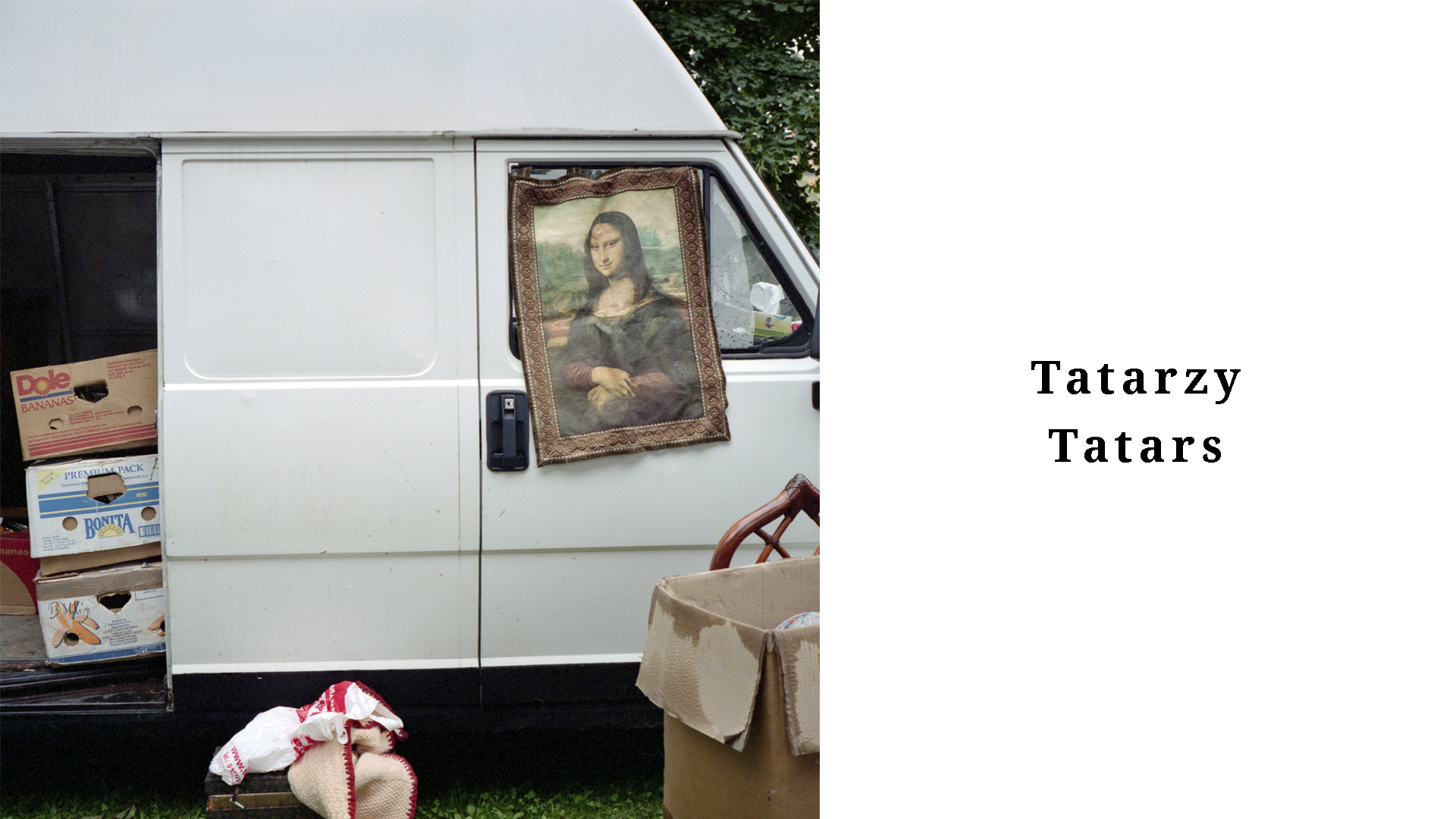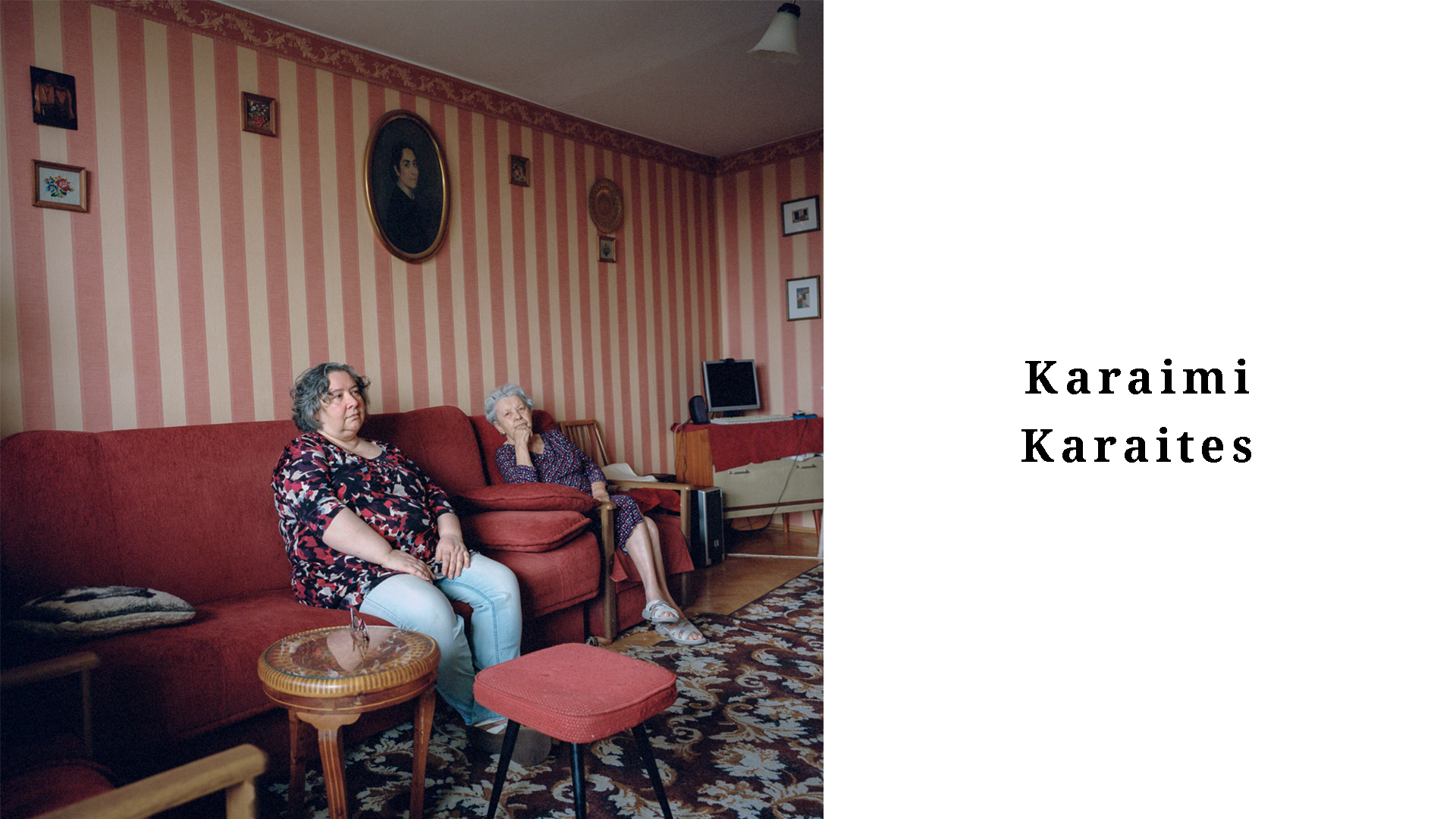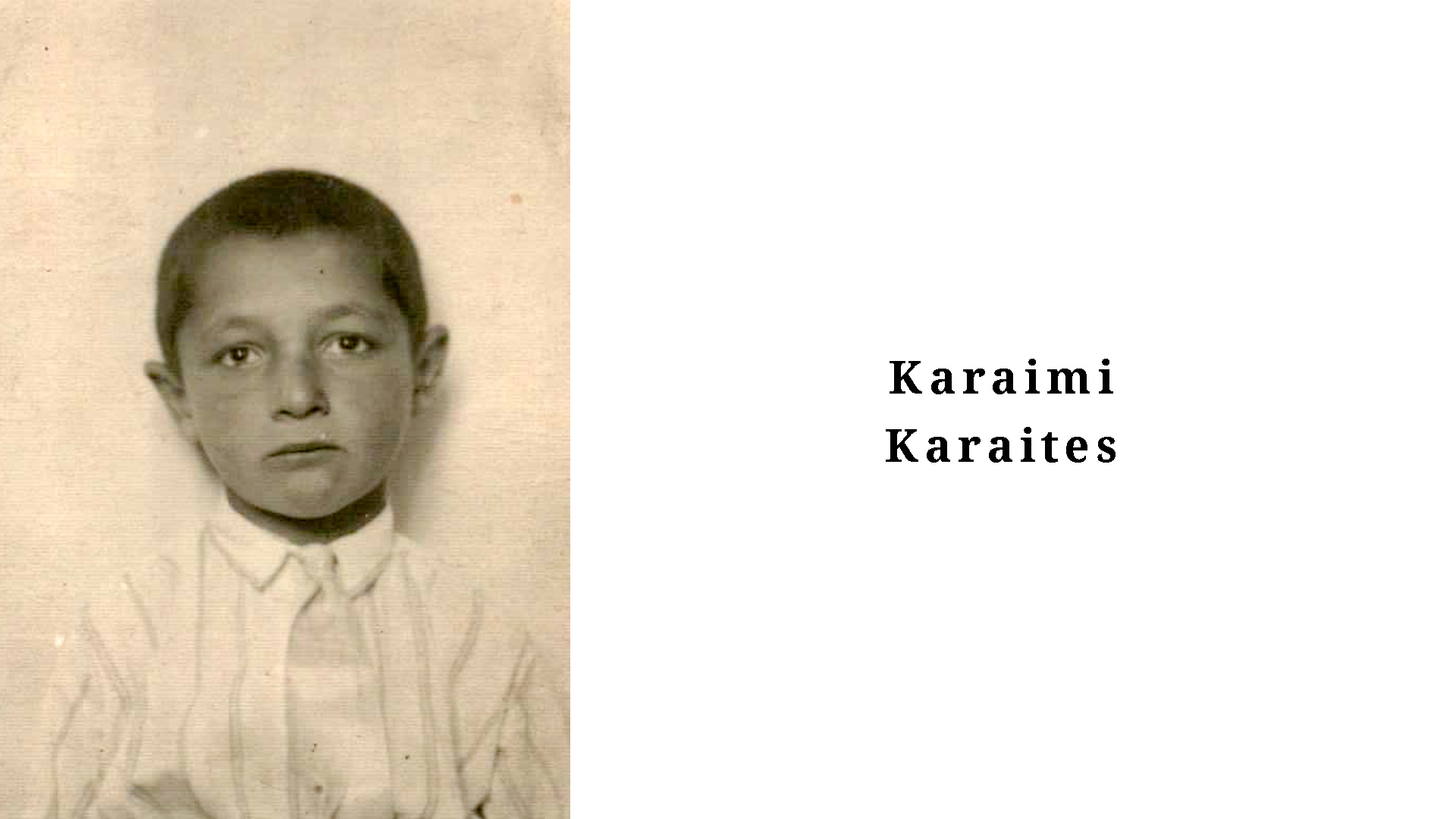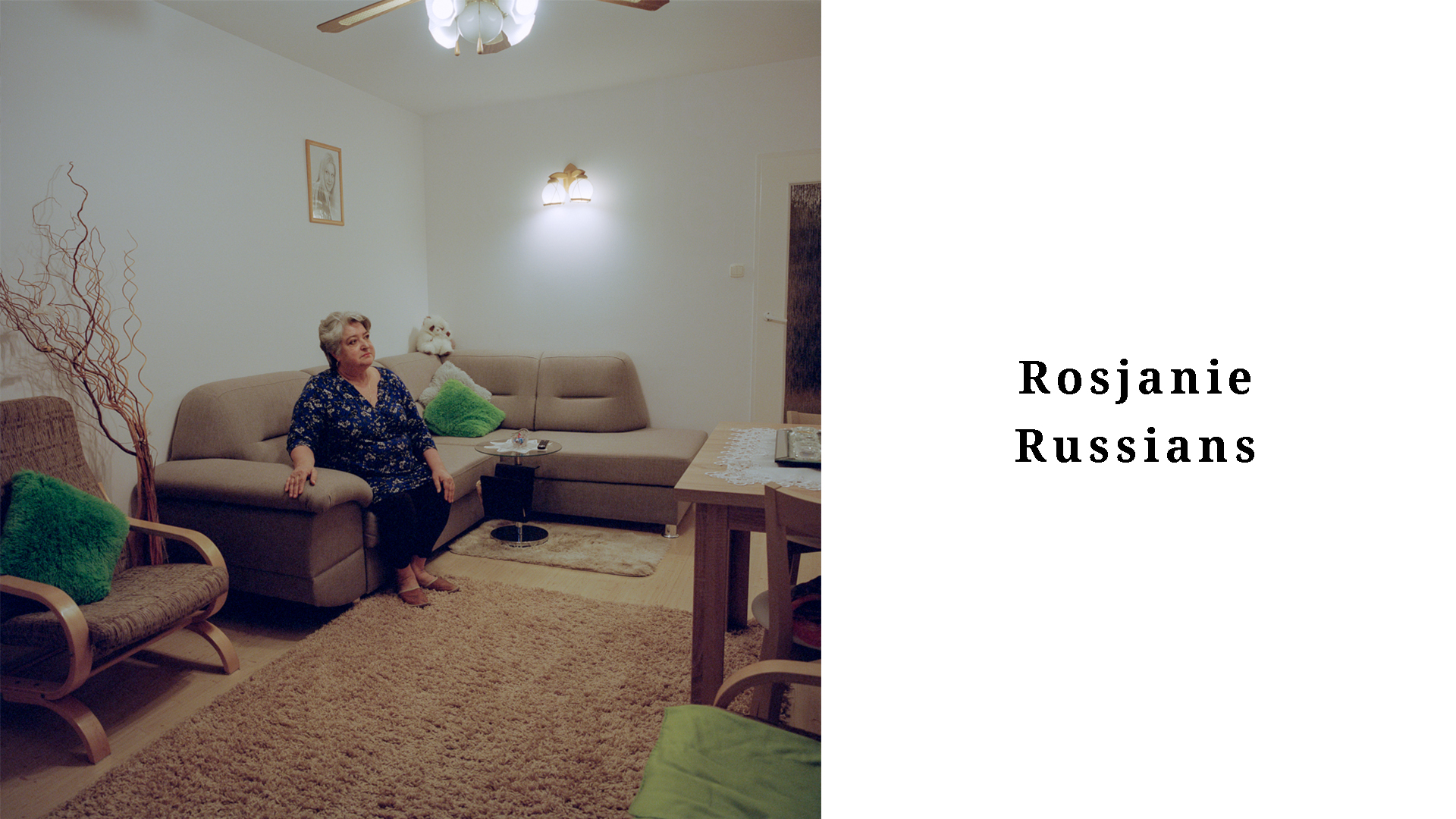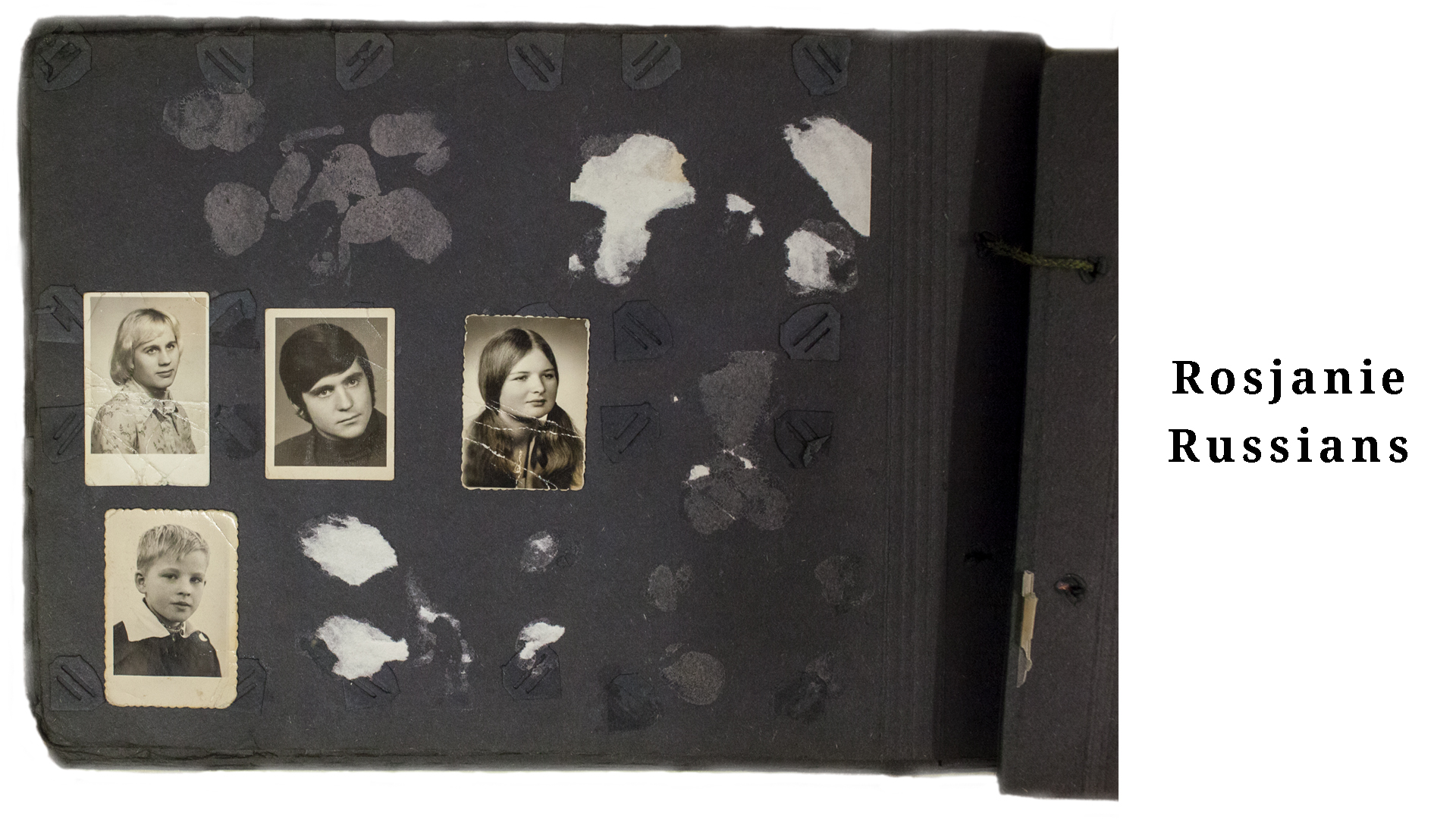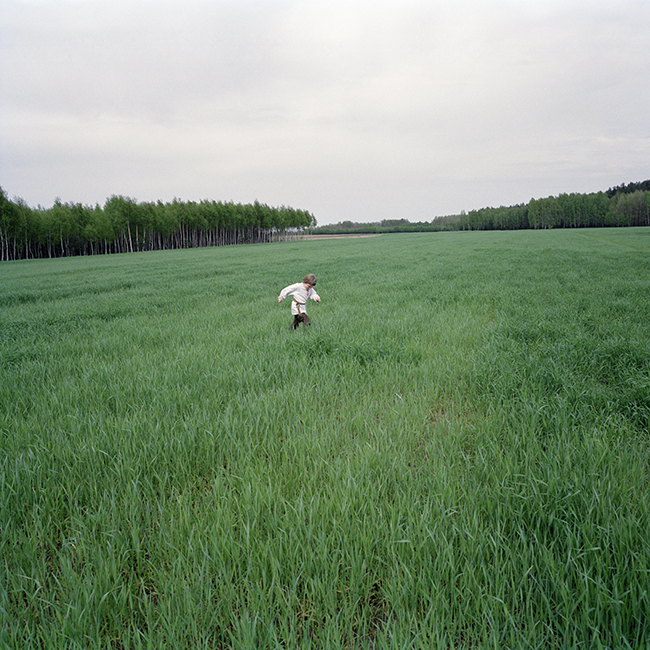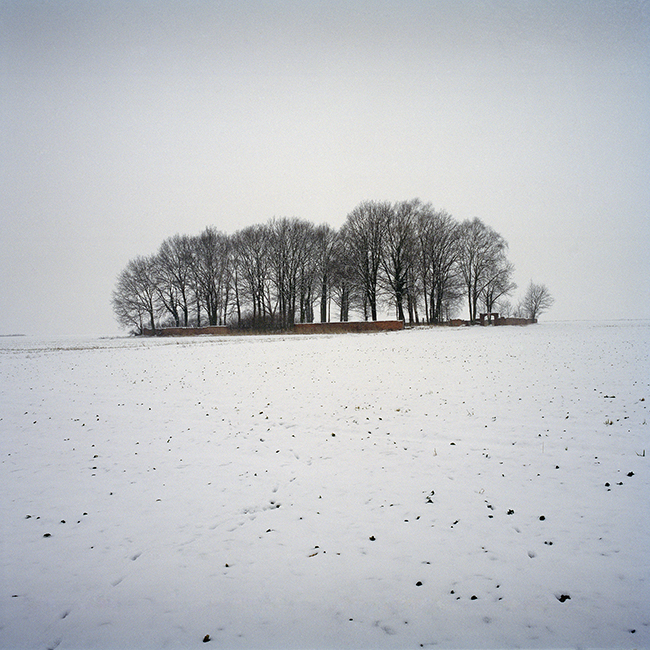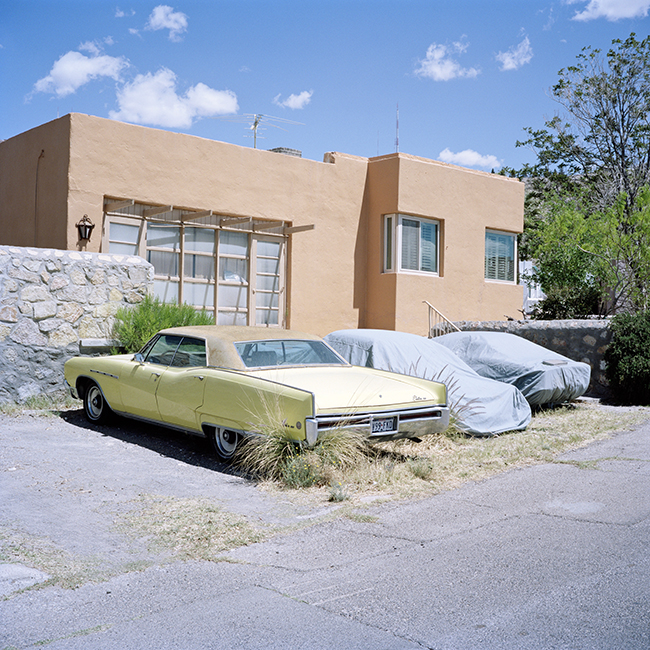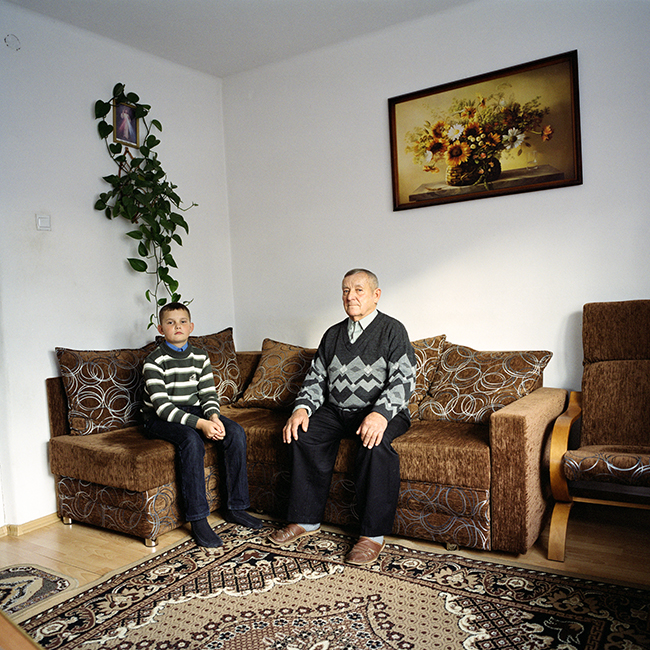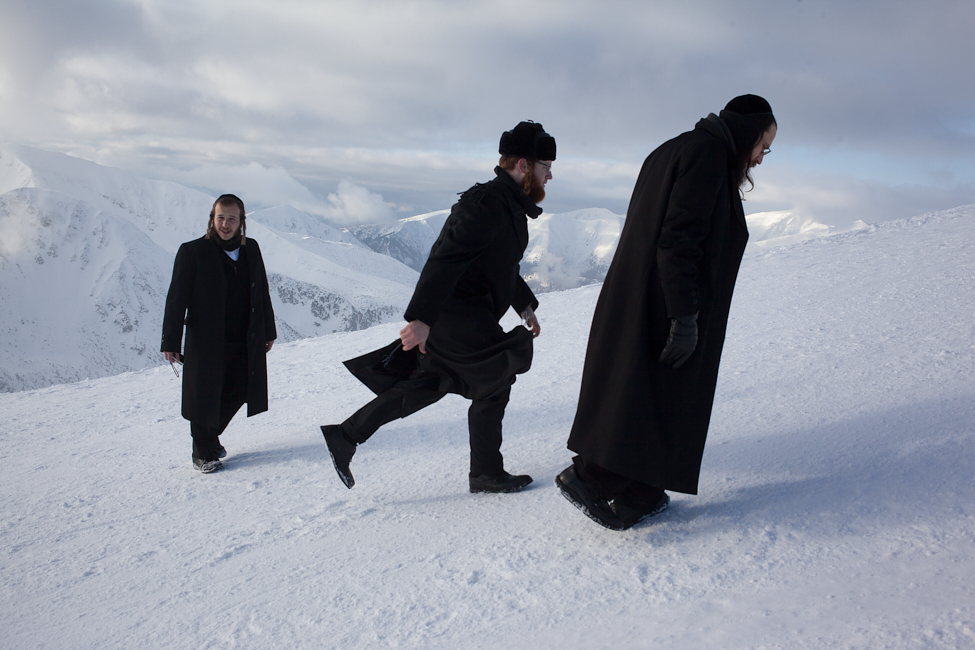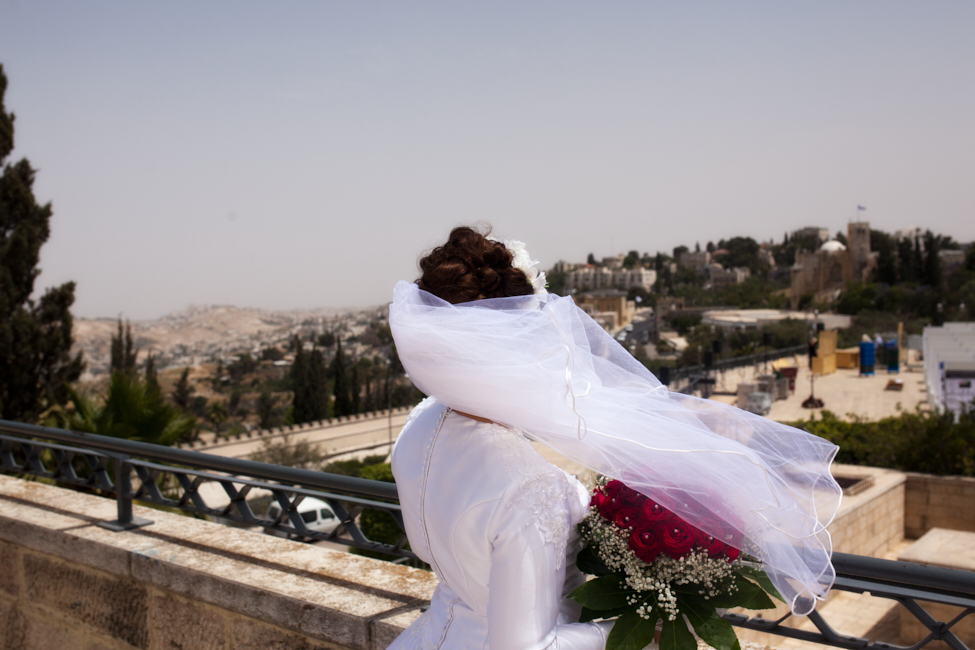minorities.pl
Imagine a country where various and exotic peoples coexisted for hundreds of years; their daily lives and cultures mixing and intertwining in a rich and colorful fabric. Of course not everything did always run smoothly between them but somehow they managed: songs were sung, children were born, trades were made.
Now picture: suddenly, almost overnight this country waking up to find itself just one nation united by a common speech and identical beliefs and customs, as though some invisible hand had swept the others from the face of the Earth without trace. No more were their neighbours clad in different clothes, no more was there the aroma of various spices and the melody of other tongues. Even the landscape had shifted. Some of the familiar lakes, forests and mountains had simply vanished. Now new sights could be seen and new horizons loomed.
And then the strangest thing of all happened; those who remained suddenly got it into their heads that they had only ever been one nation, that things had always been that way, that they had lived in this new country since time immemorial, in the land that God had promised them to the end of days.
Though history is rarely as simple as in a fairytale, this is roughly what happened to Poland.
In 1939 the country had more than 34 million citizens, a third of whom did not hold Polish nationality. After 1945, its population dropped to less than 24 million; all Polish and Roman Catholic. That was both due to the Second World War, in which the country lost over 17% of its citizens, including 90% of Polish Jews, and as a result of the border shift prompted by the decisions made by the politicians in Yalta and Potsdam. Then it was followed by the forced resettlement of Germans, Ukrainians and Poles “back” to their re-engineered states. During the next 45 years of communist regime the multicultural past was willingly or forcibly forgotten.
For all the years of politically driven amnesia that have passed since the Second World War, the silent keepers of the centuries-old multicultural heritage of Poland were that mere one per cent of its citizens, who belong to thirteen different historical national or ethnic minorities: Armenian, Belorussian, Czech, German, Jewish, Karaim, Lemko, Lithuanian, Roma, Russian, Slovak, Tatar and Ukrainian.
Just a shadow of what they used to be, but fortunately, still here.
Salvaging what they could of their identity from piously preserved scraps of the lost past, they have continued to pass them on to their daughters and sons. Even if some of them later chose to assimilate rather than integrate, they retained their fondness for particular kinds of clothing, food, songs, beliefs, aesthetics and all these things that people long for without even knowing why and sometimes call “roots”. It seems, that’s how people inherit their culture and identity.
Gregory Michenaud, who has been traveling Poland and visiting minorities in search of images of those silent, barely perceptible rites of ethnic initiation, has also dug into collections of family photographs, often presented to him by the hosts themselves. What he found was unexpected patterns of cultural transmission; in aged pictures of the past and people’s ancestors.
By carefully selecting the old photographs and contrasting them with contemporary portraits of generations in their current environment, Gregory shows how strong and, at the same time, just how fragile is that trans-generational communication which shapes not only the minorities in Poland, but all of us around the world.
Grzegorz Ostrega
Categories:
Date:
1 stycznia, 2018

